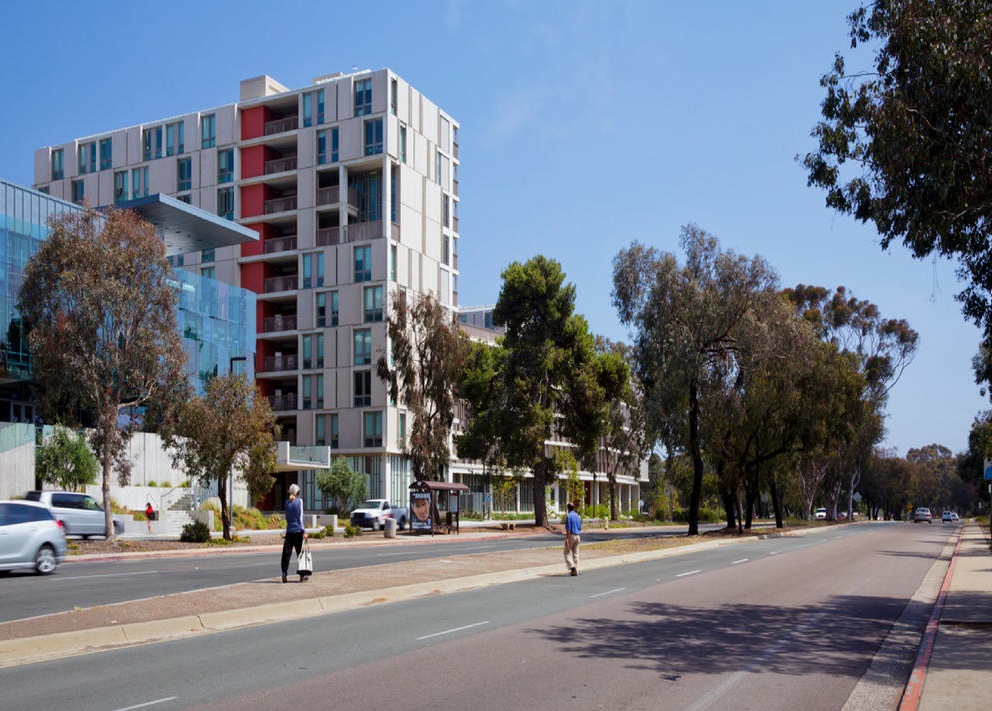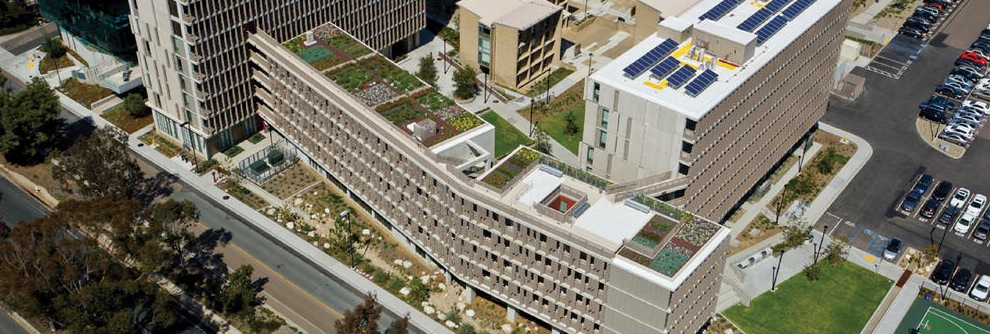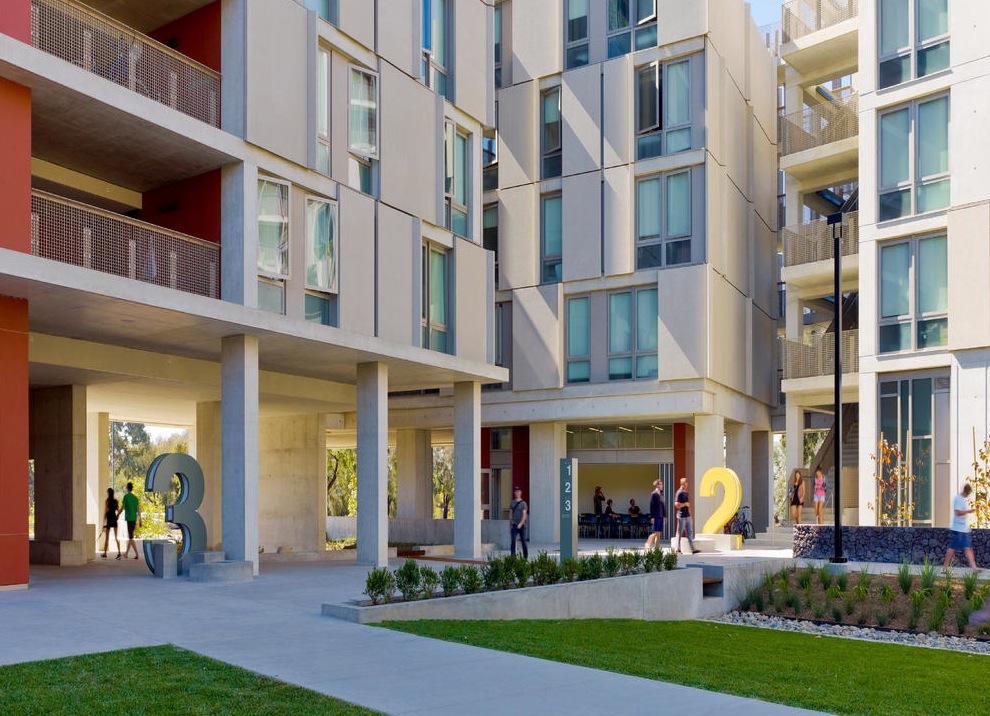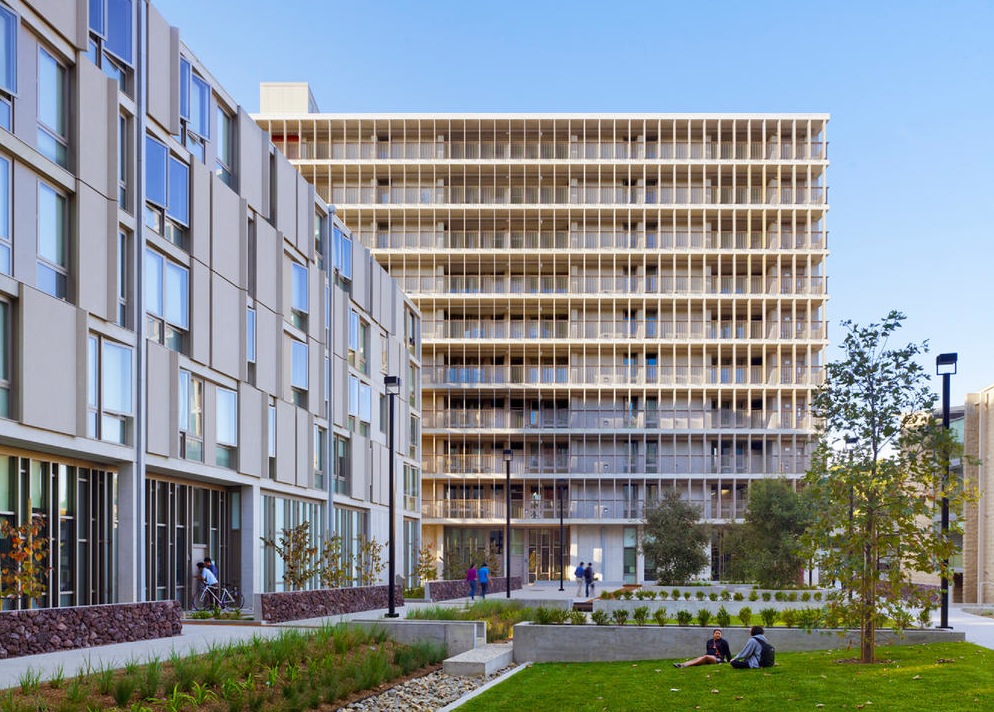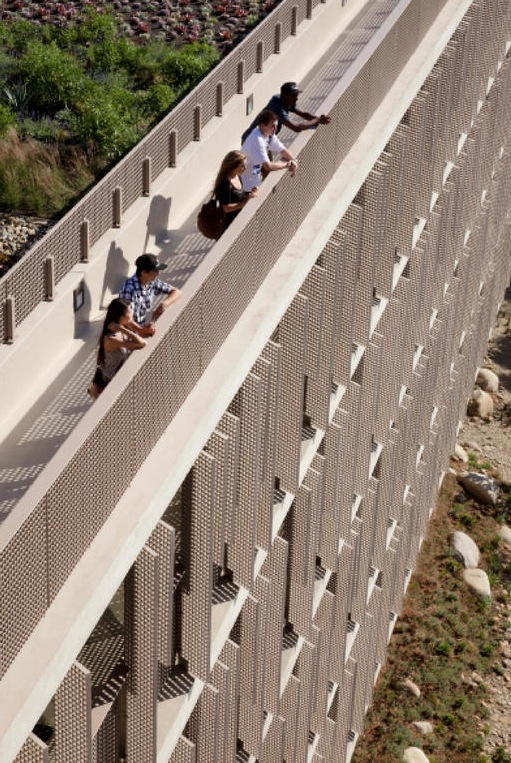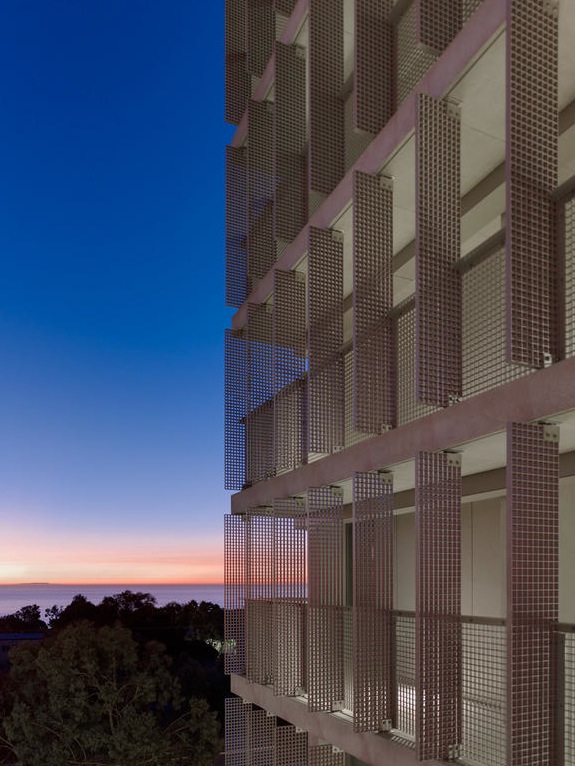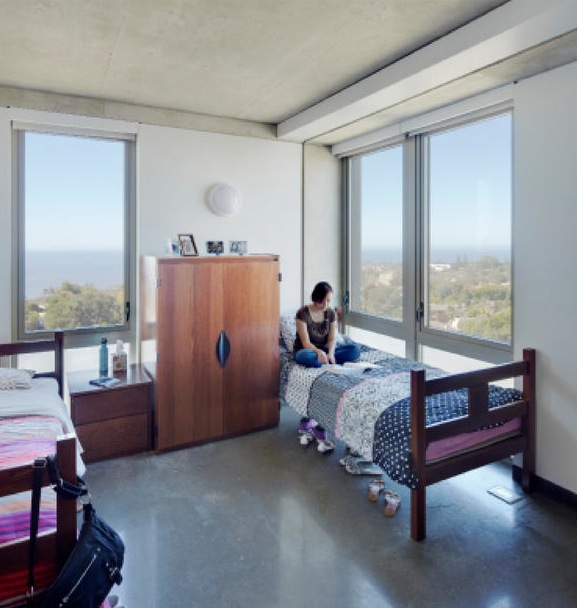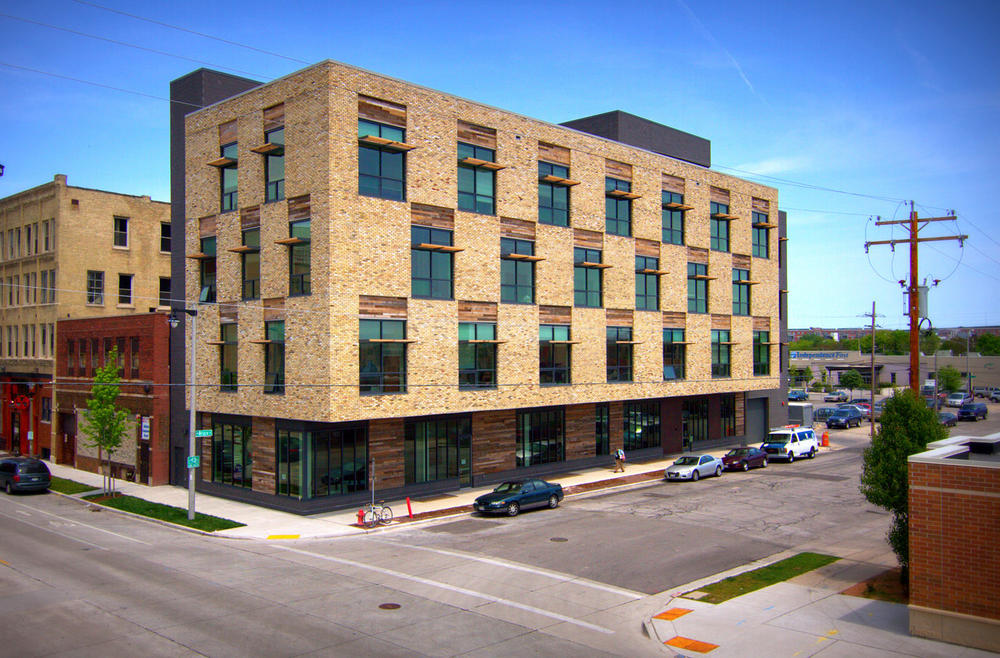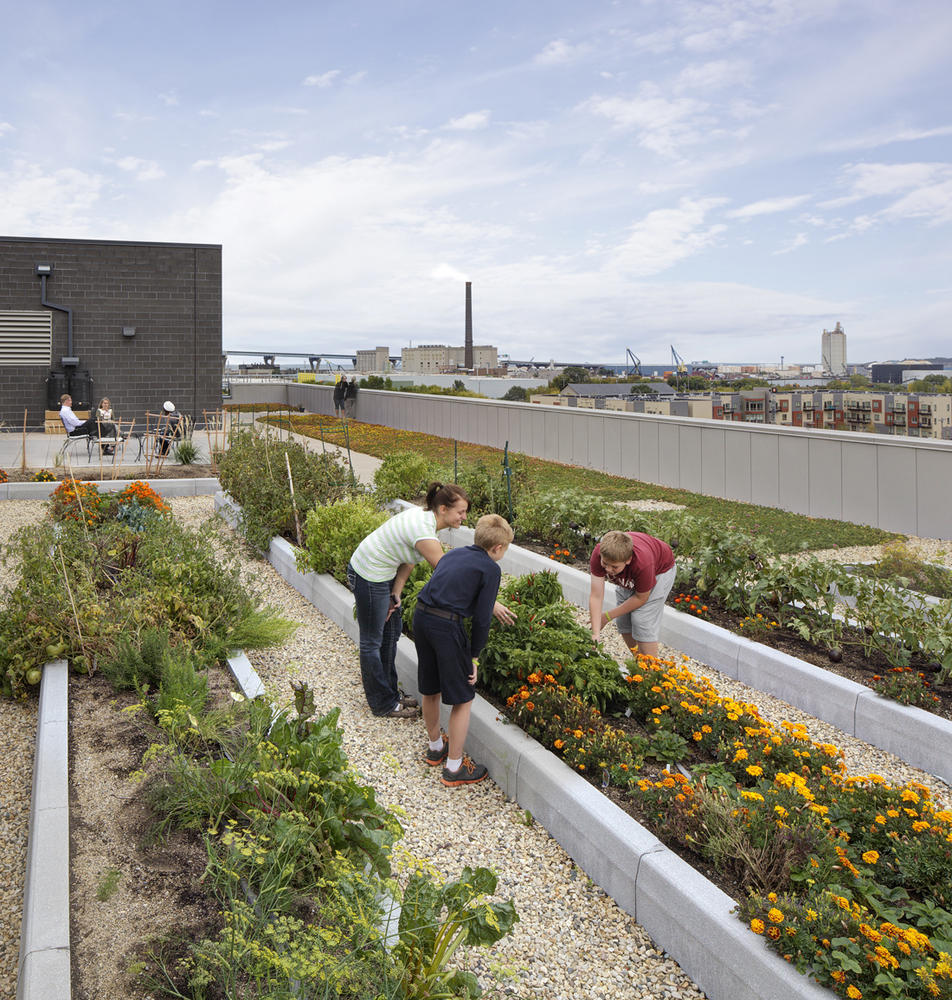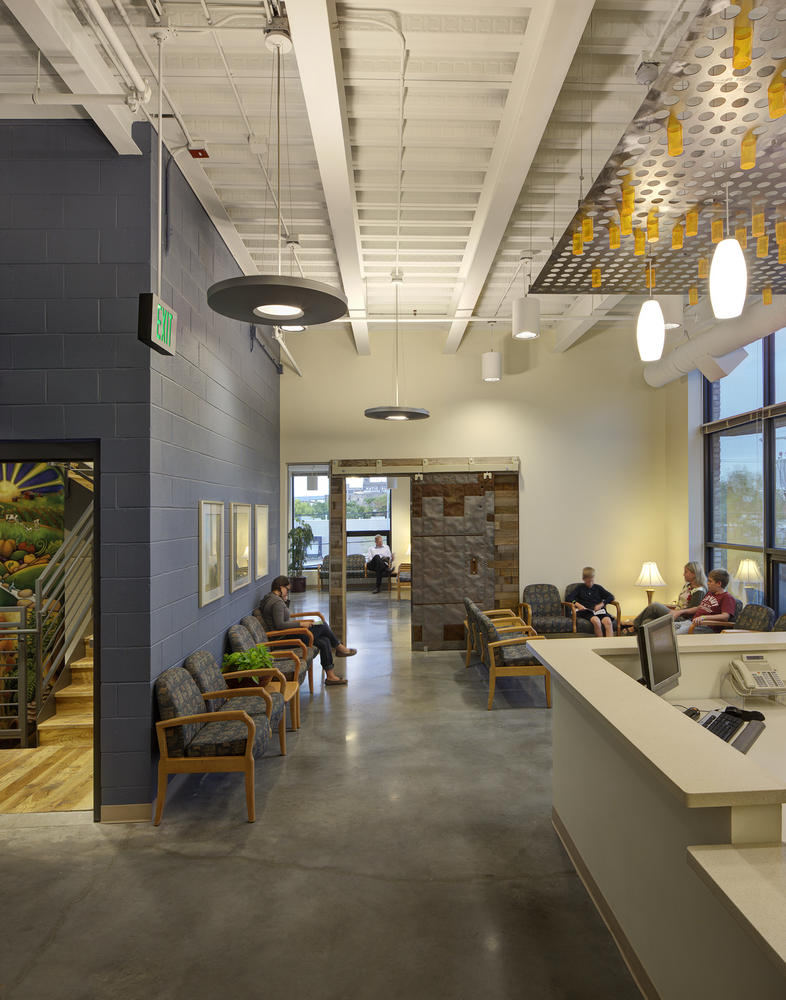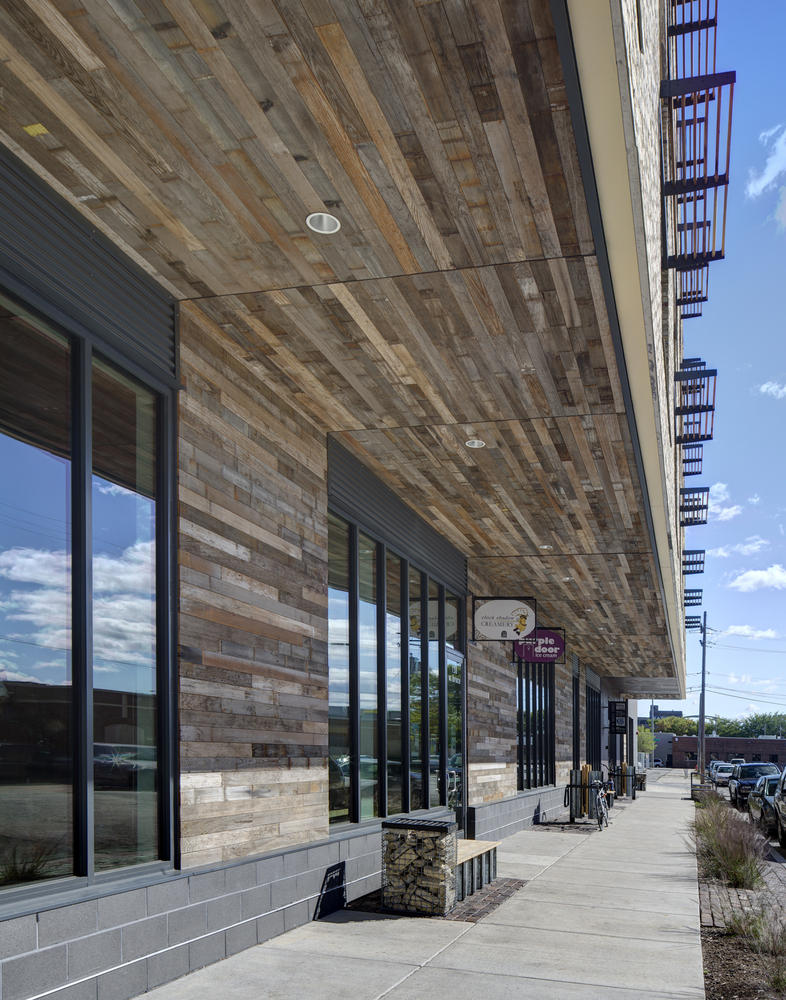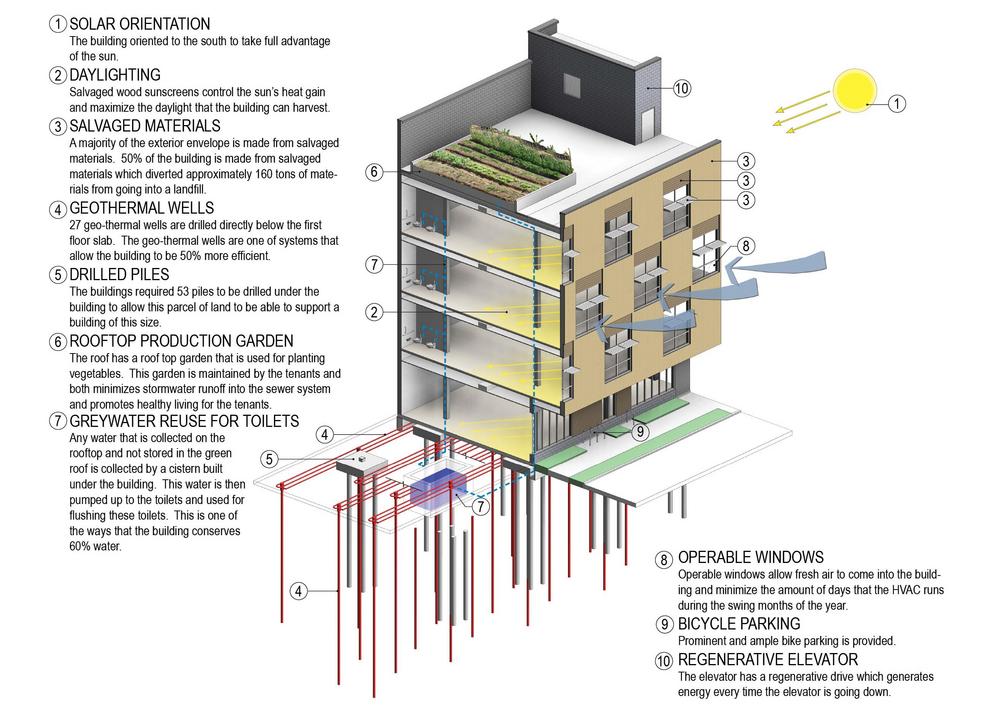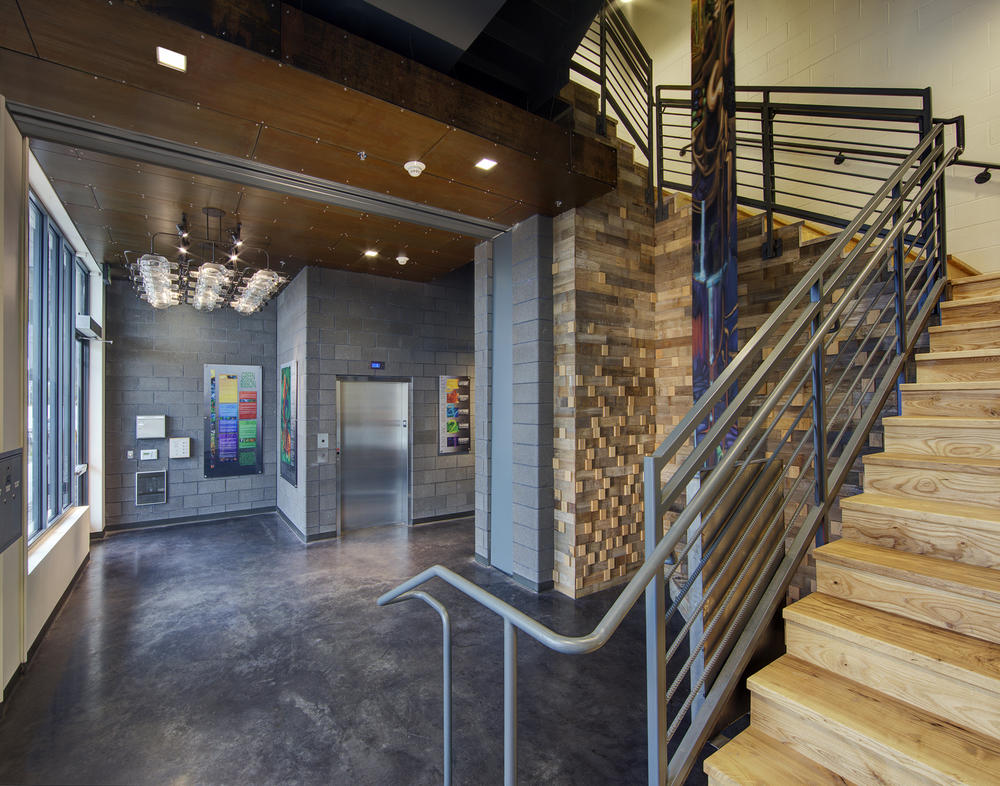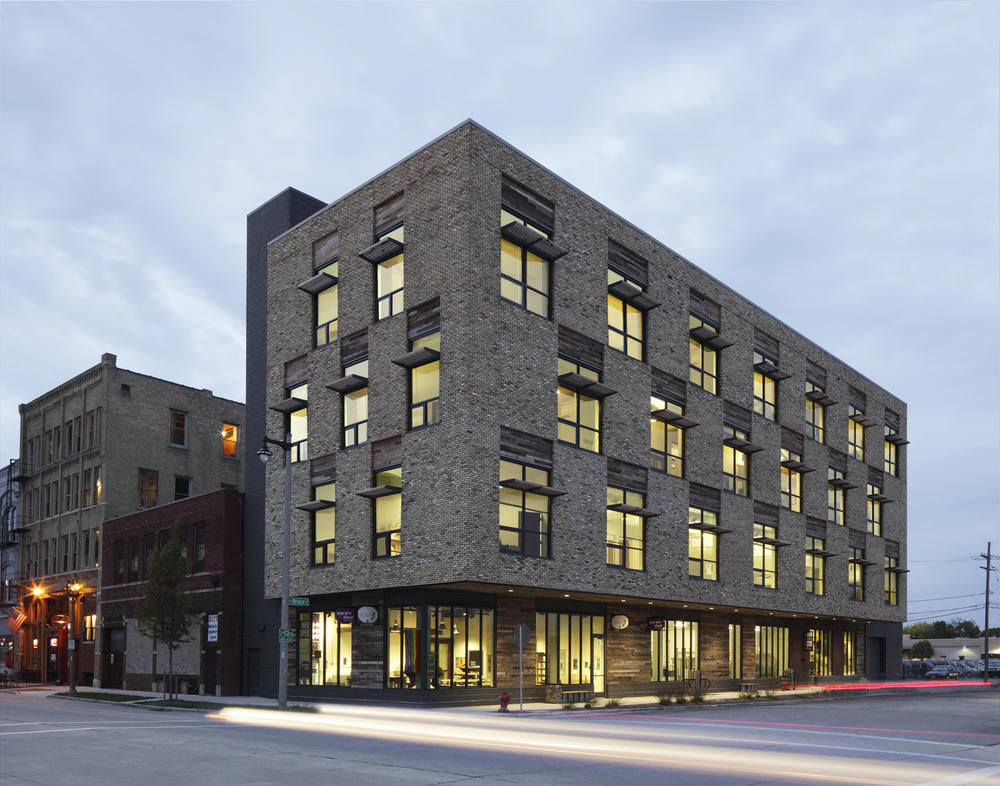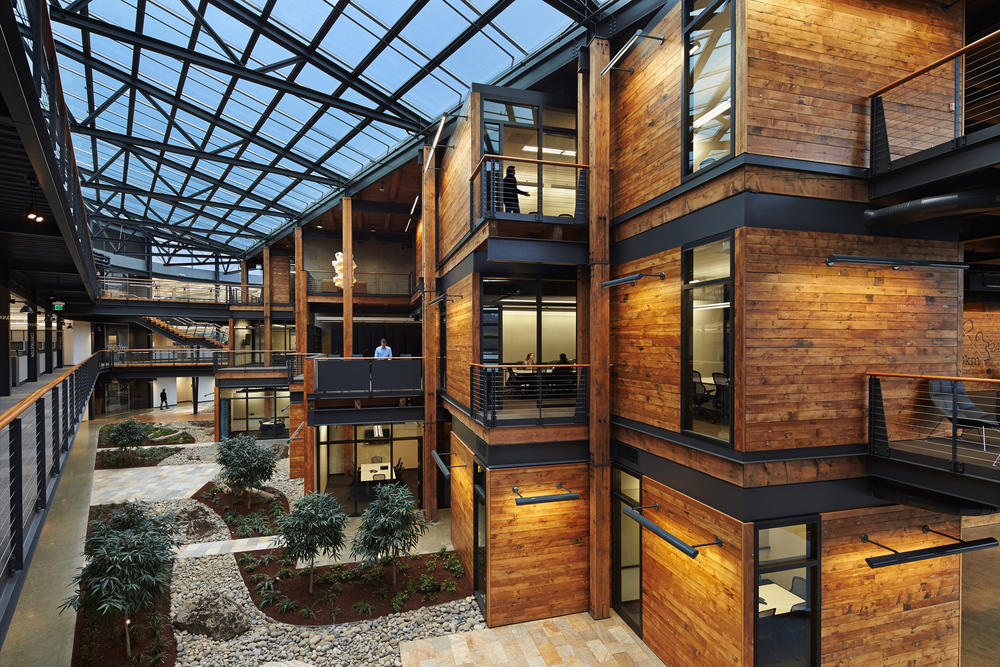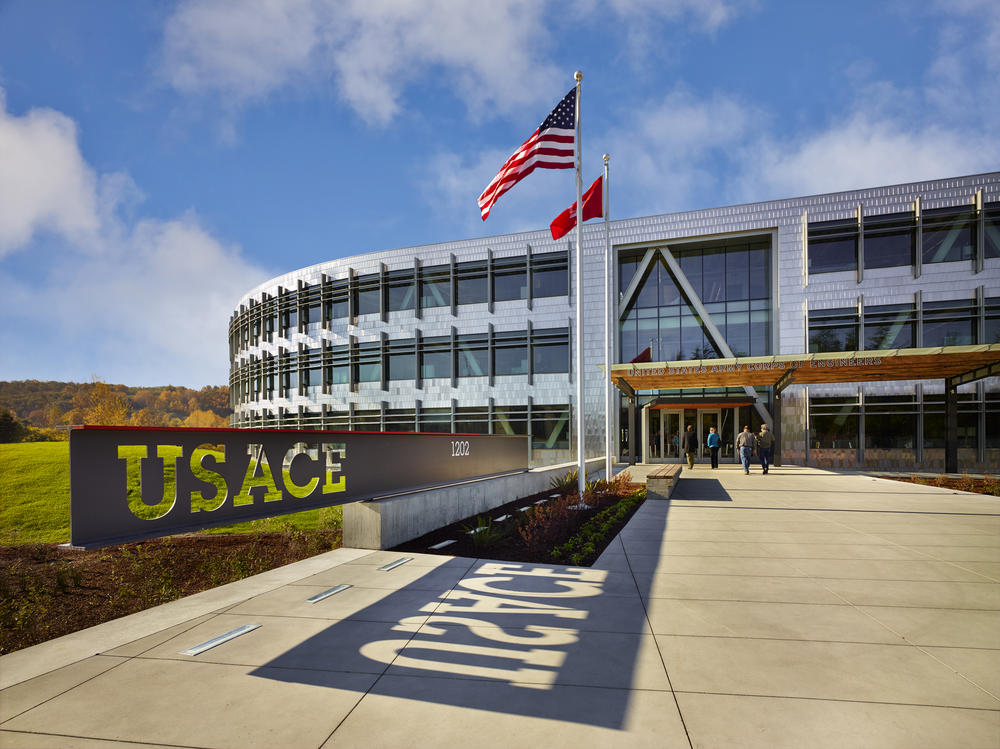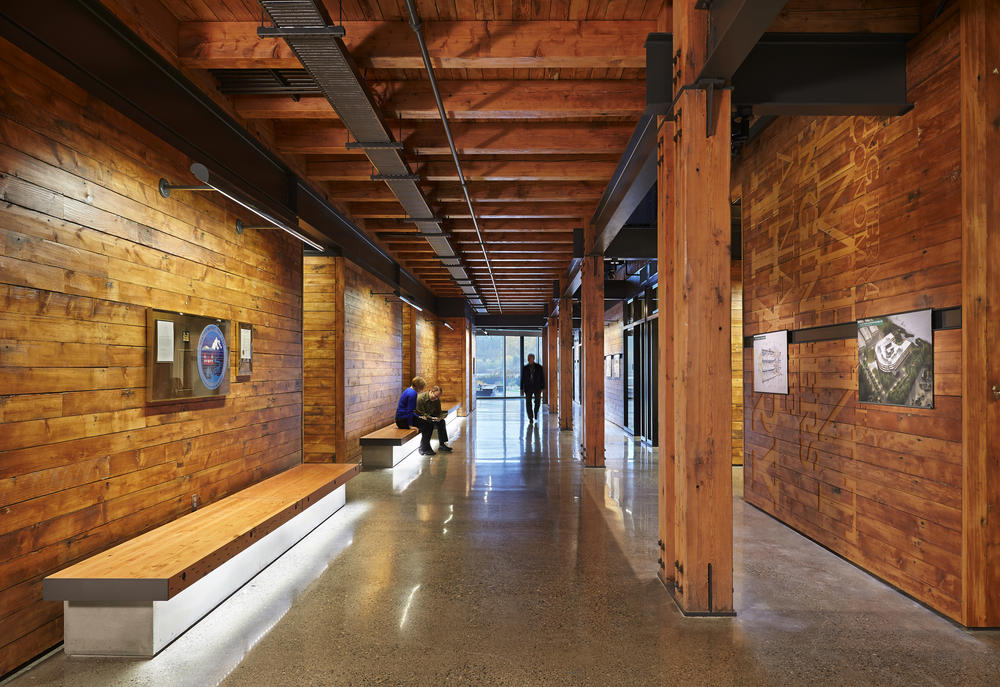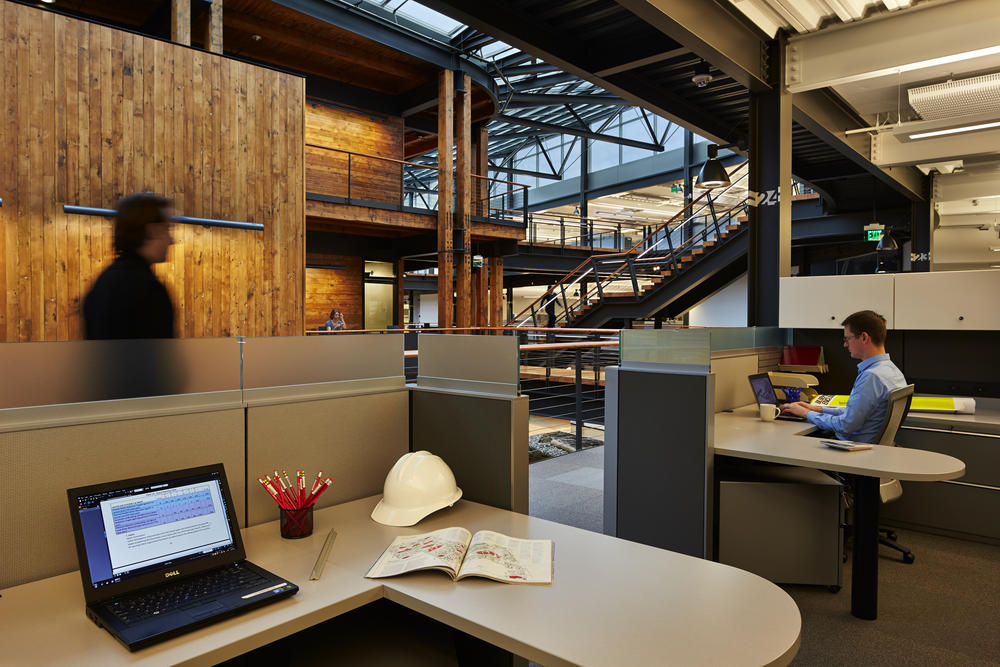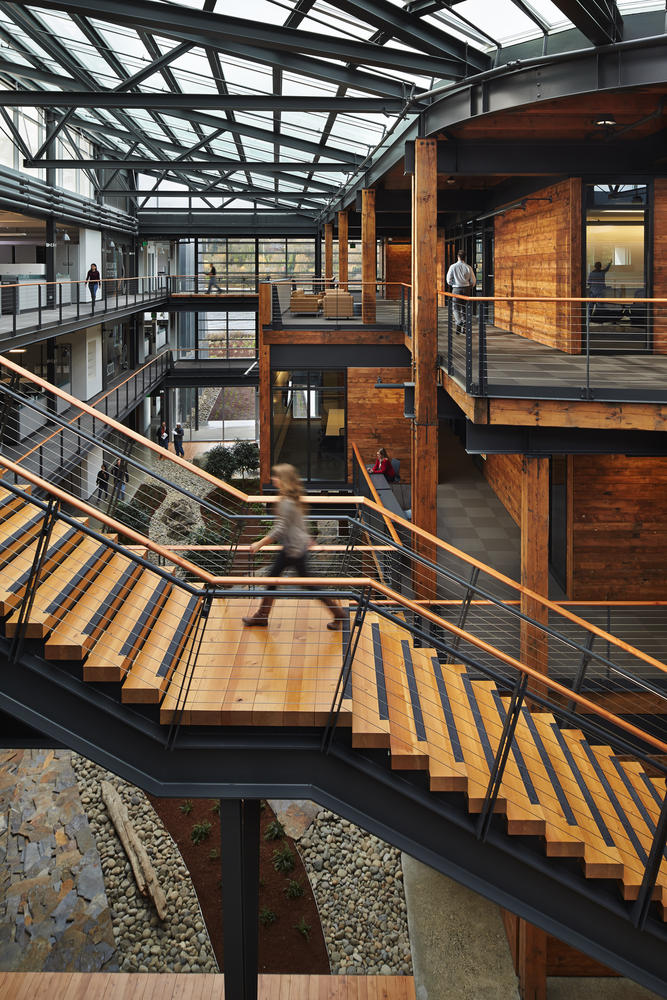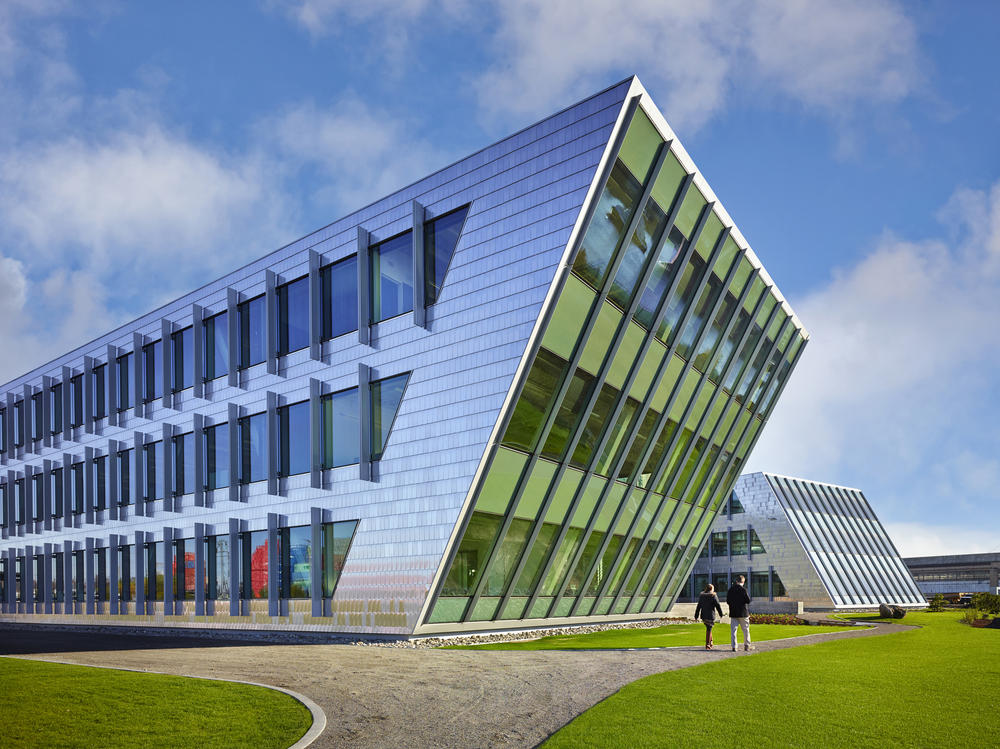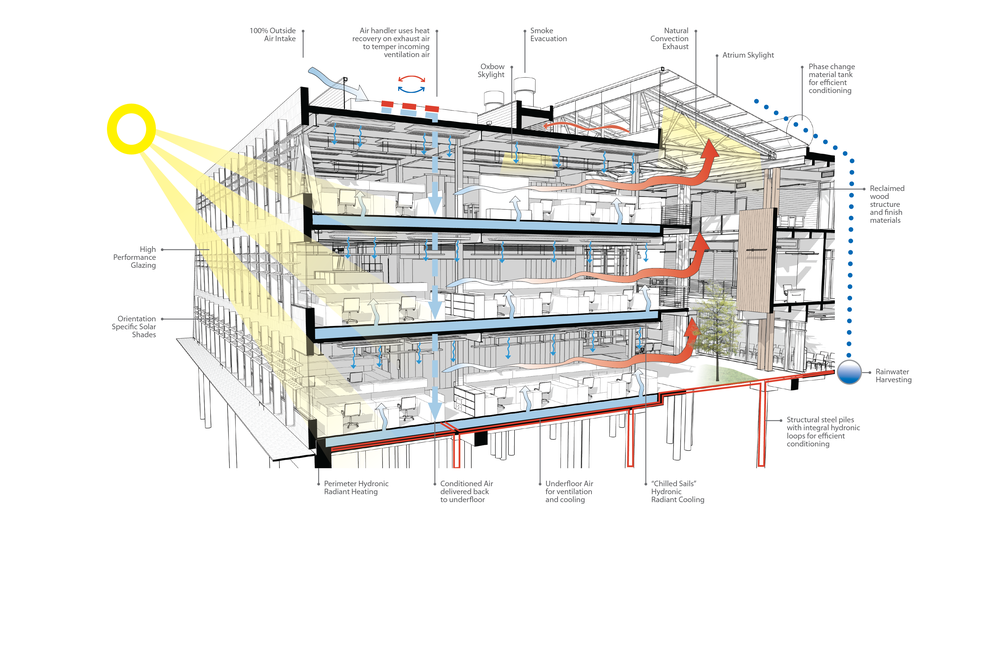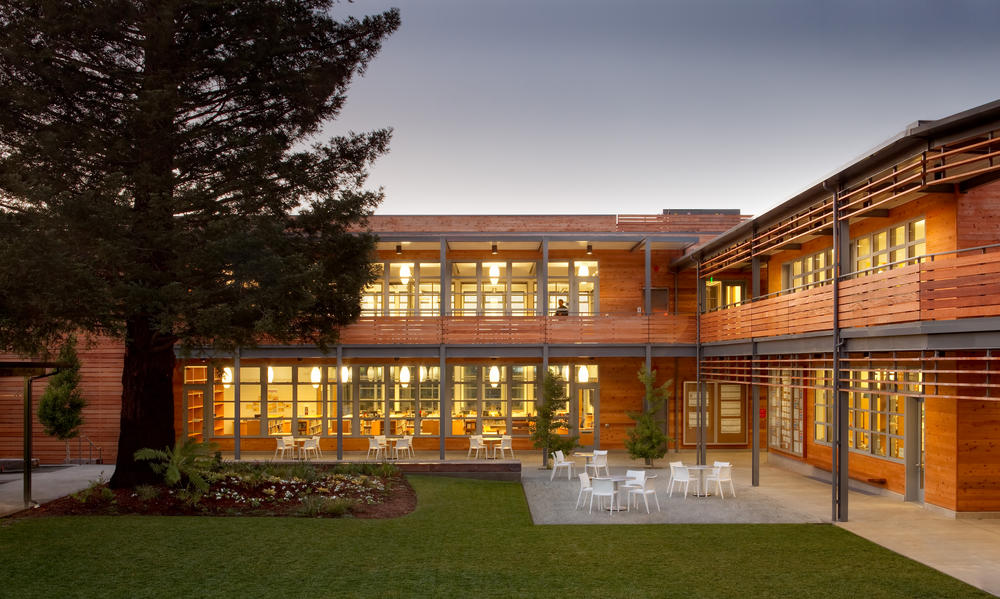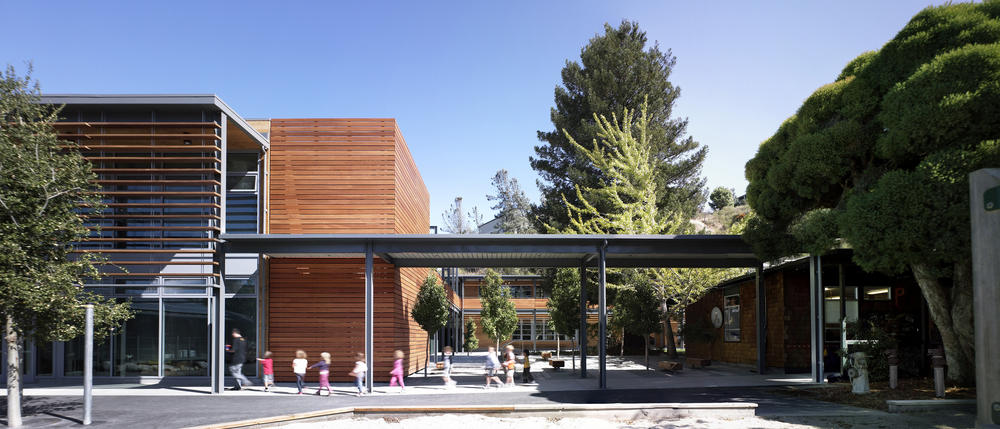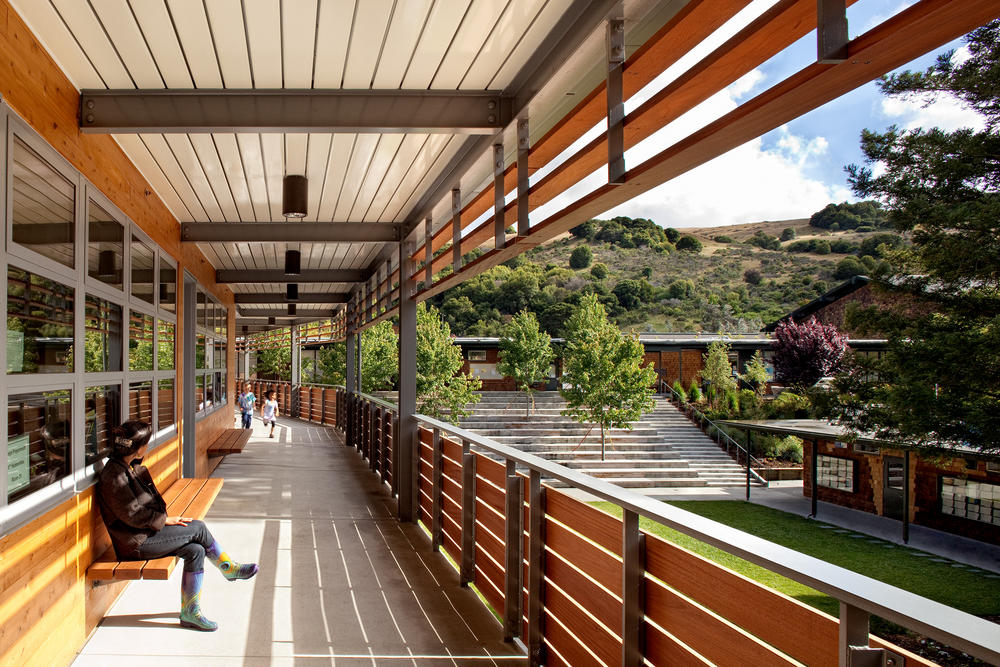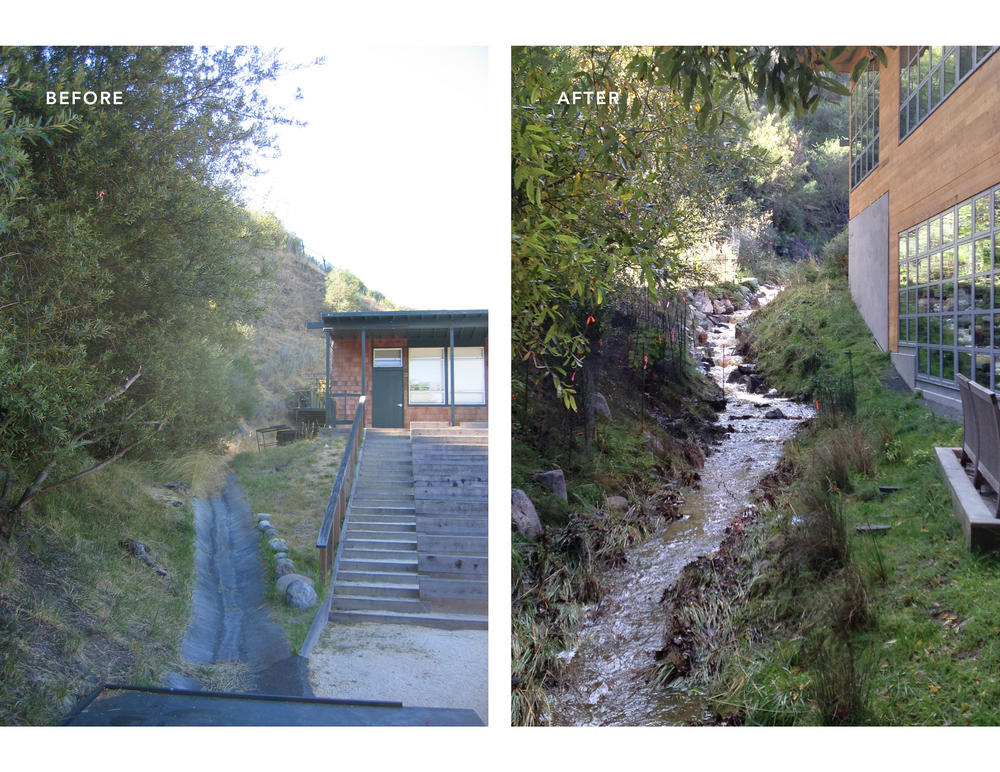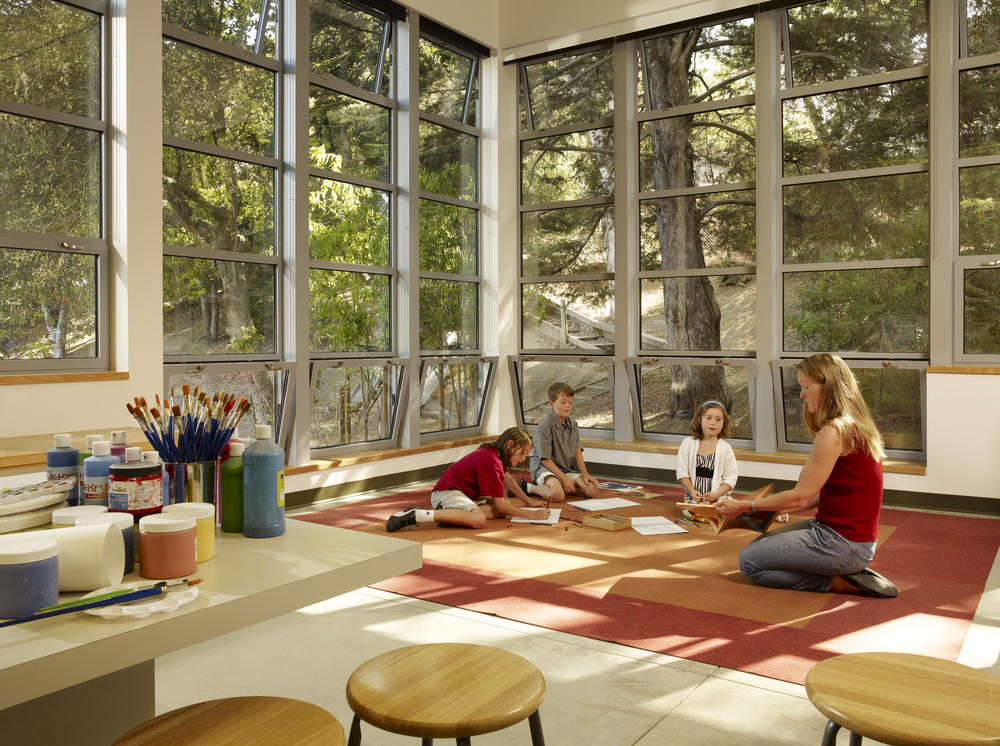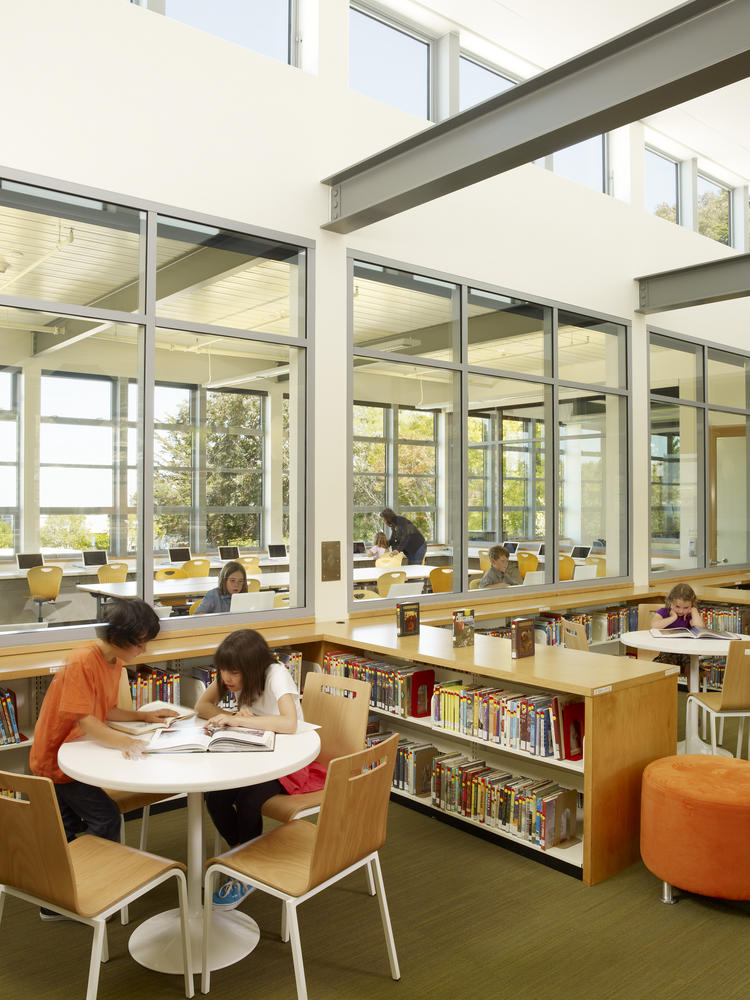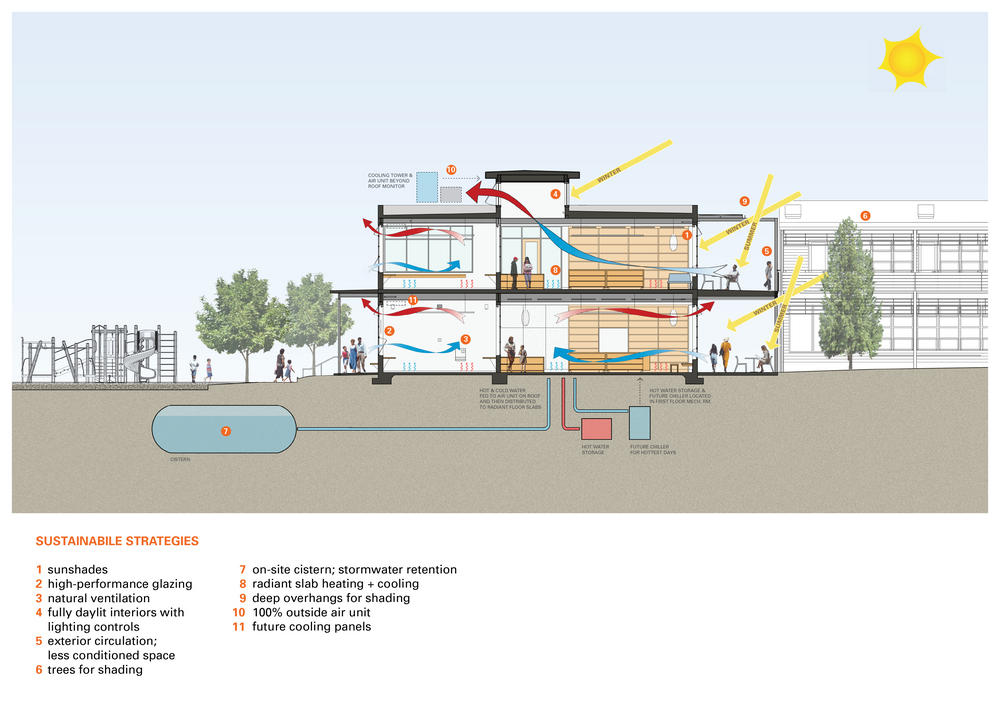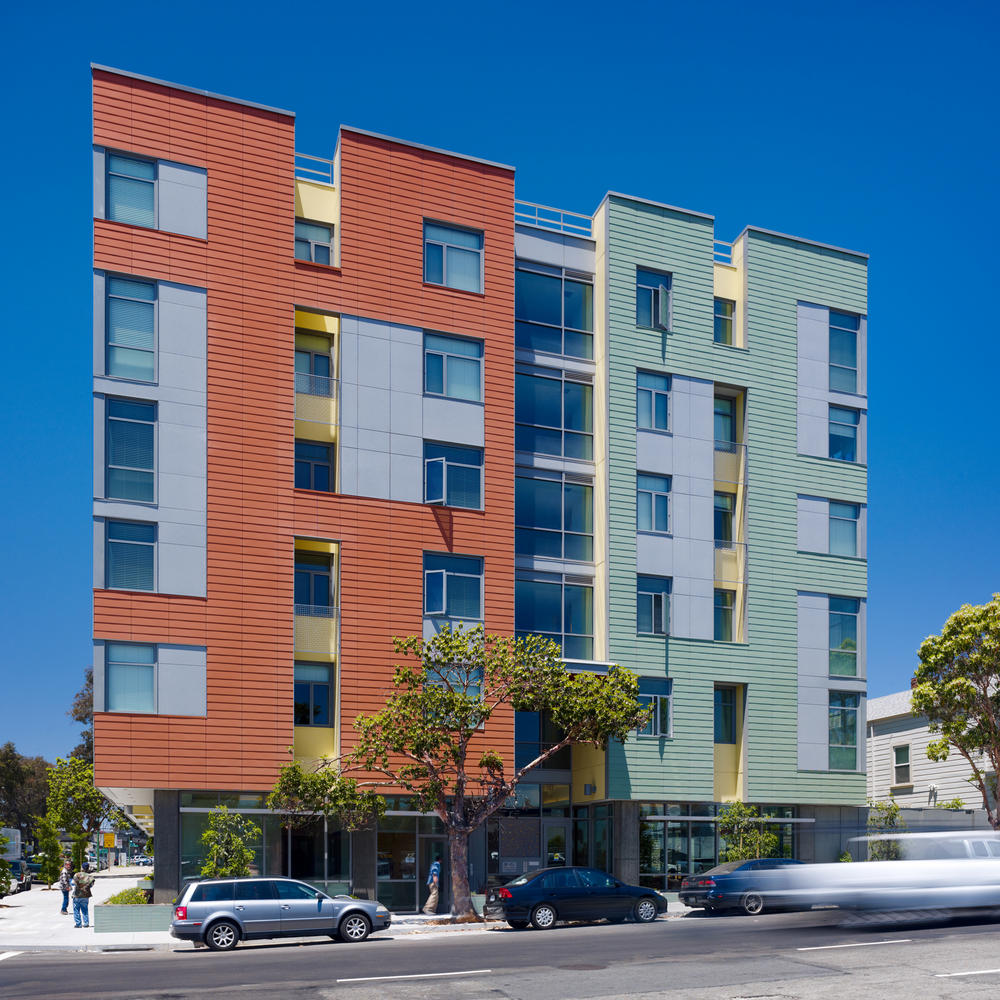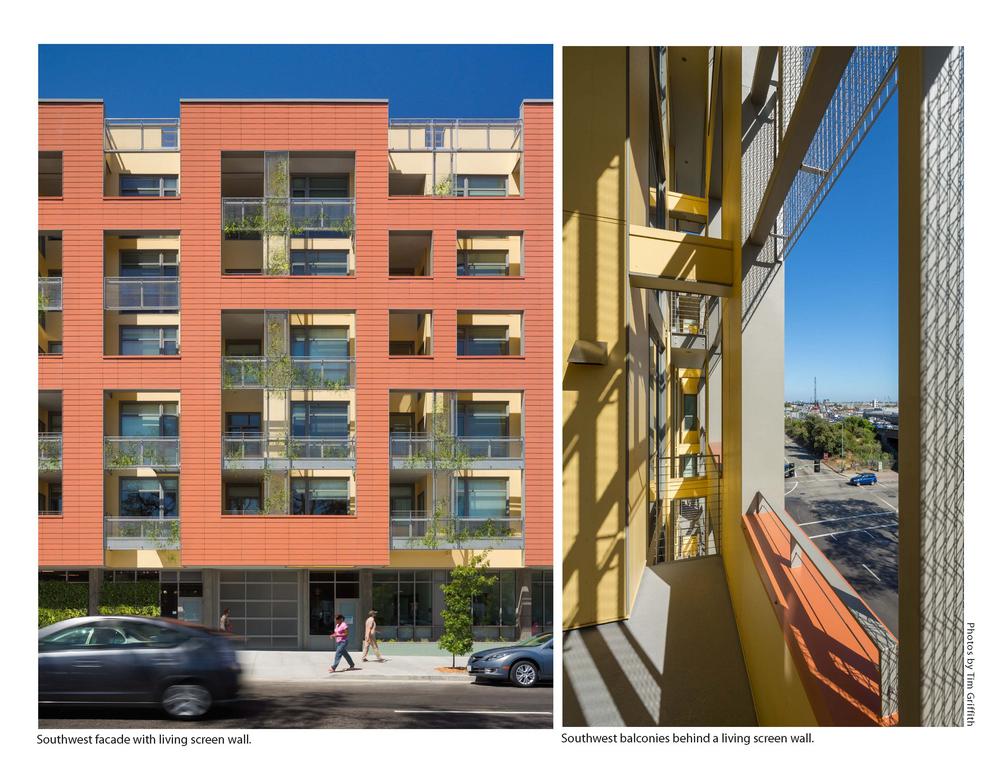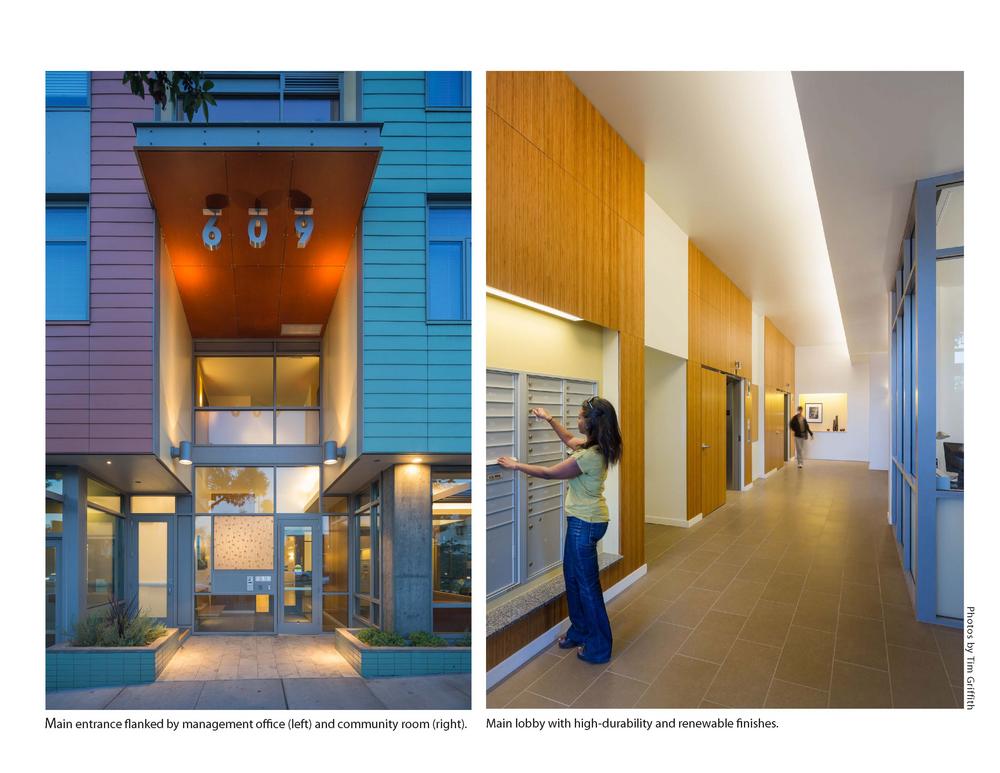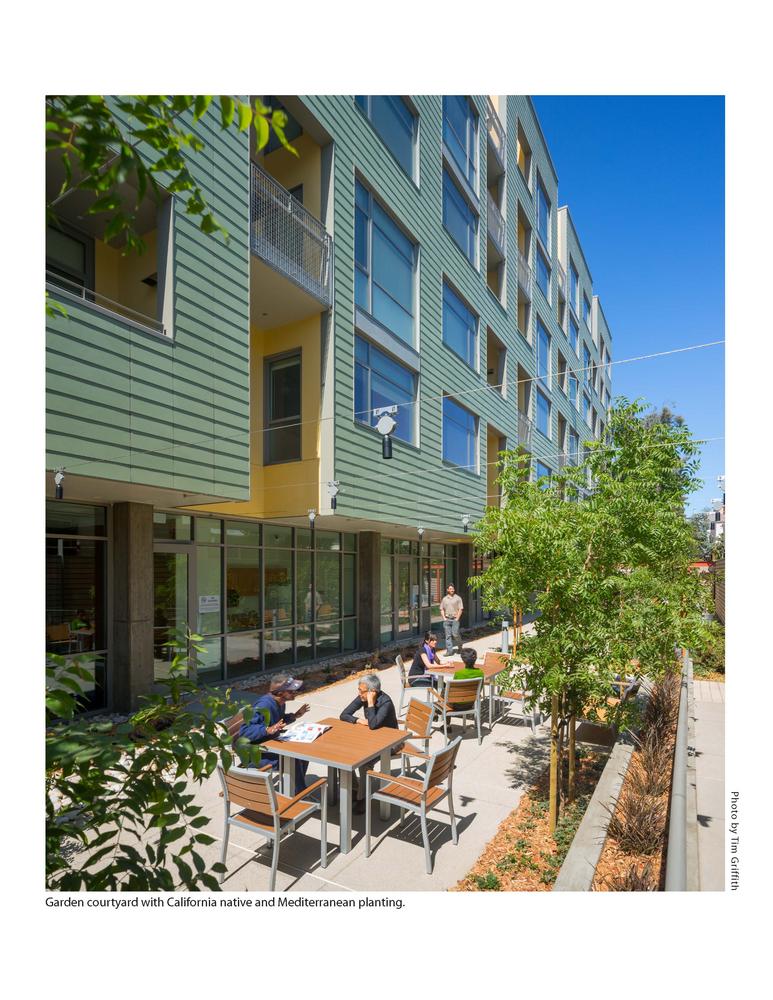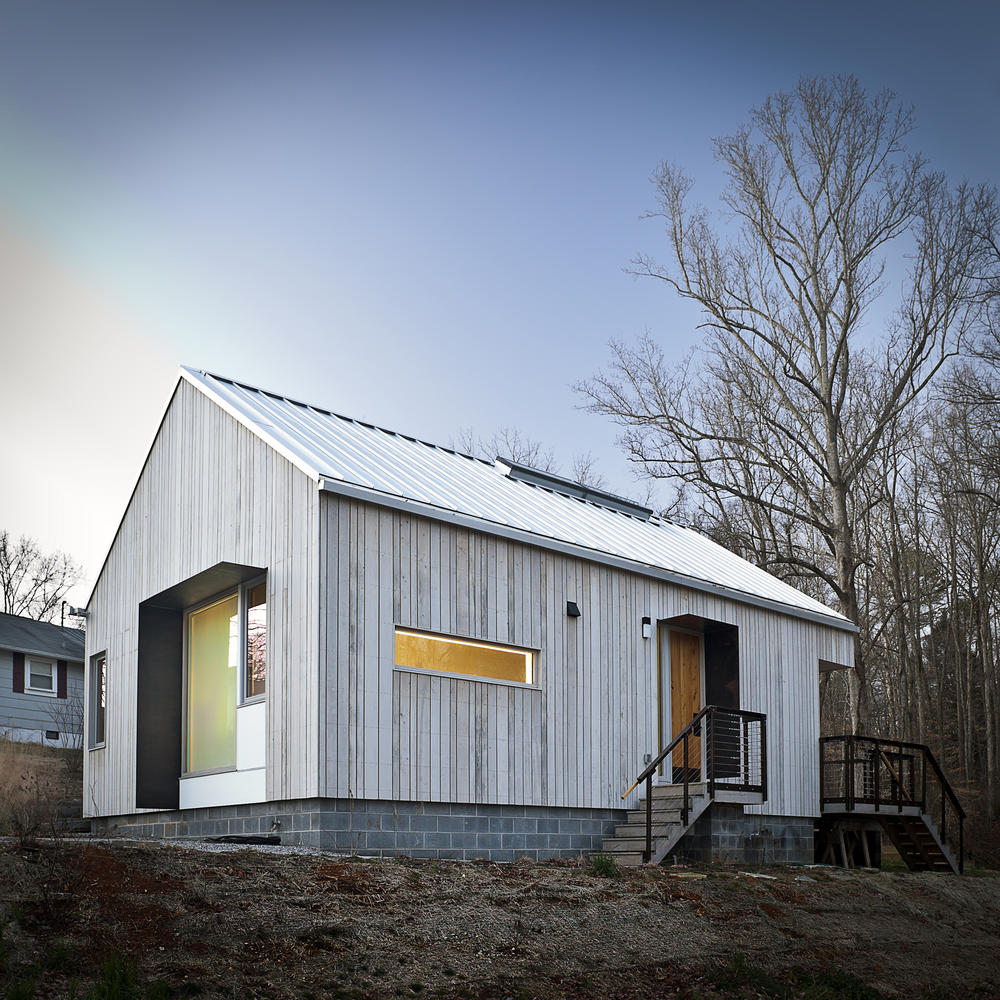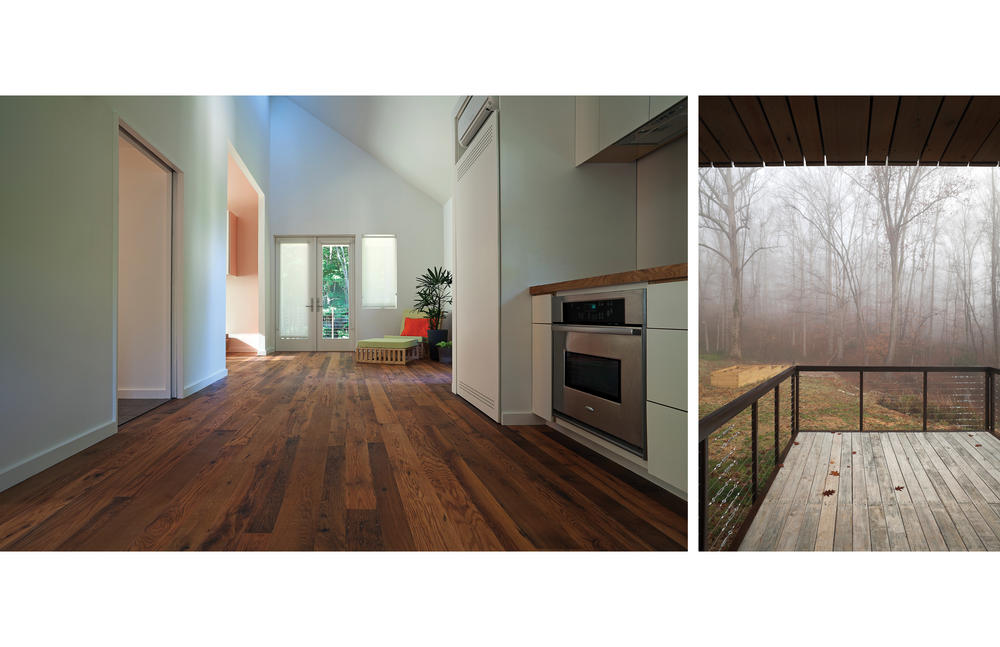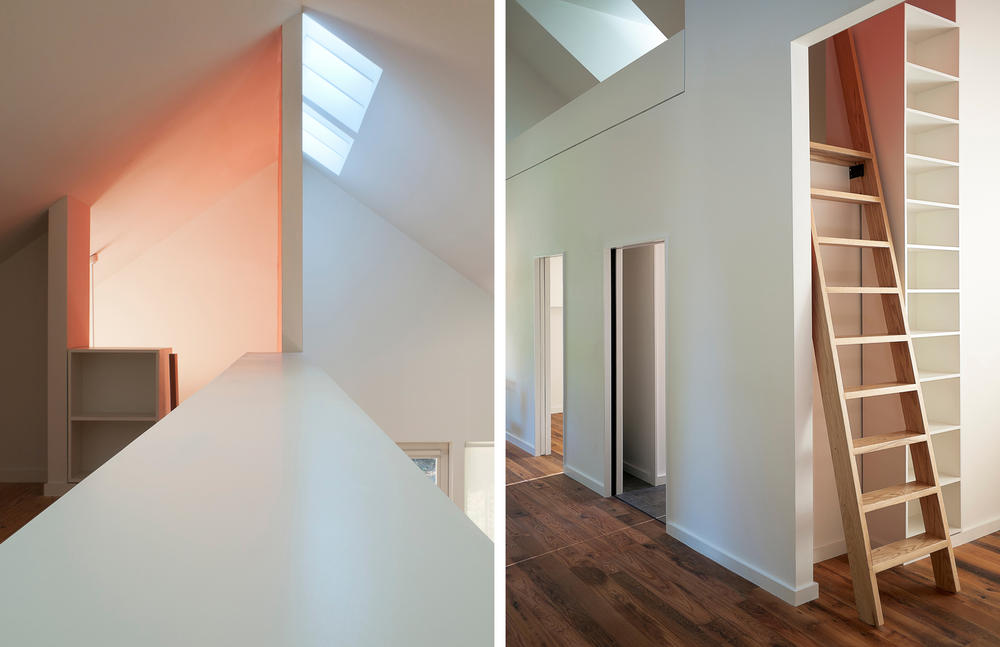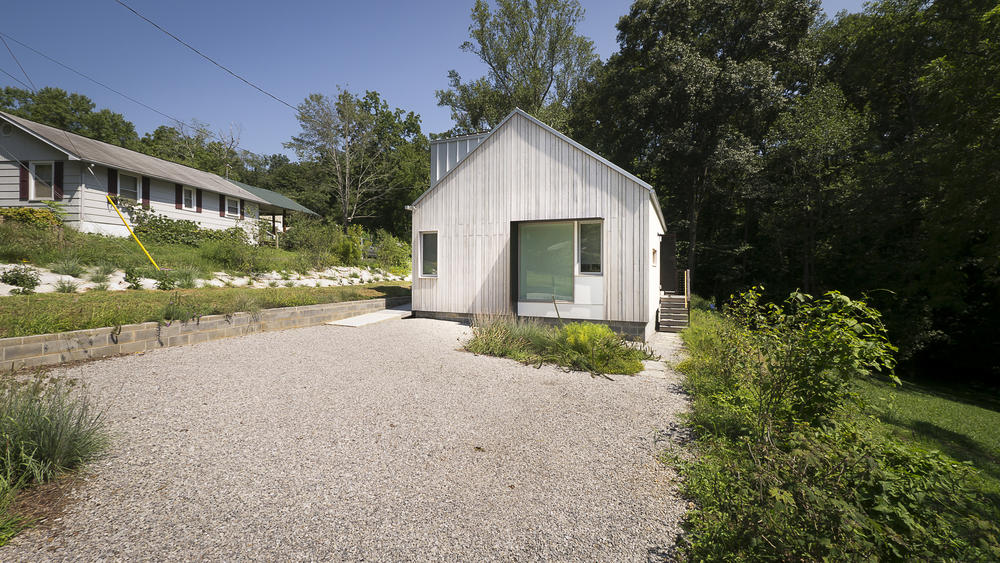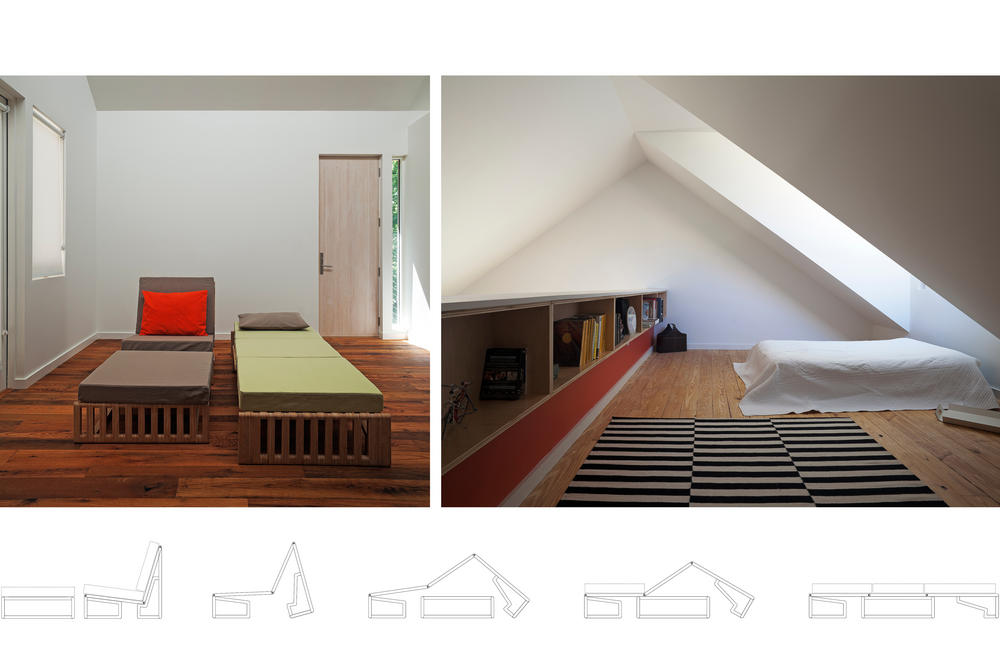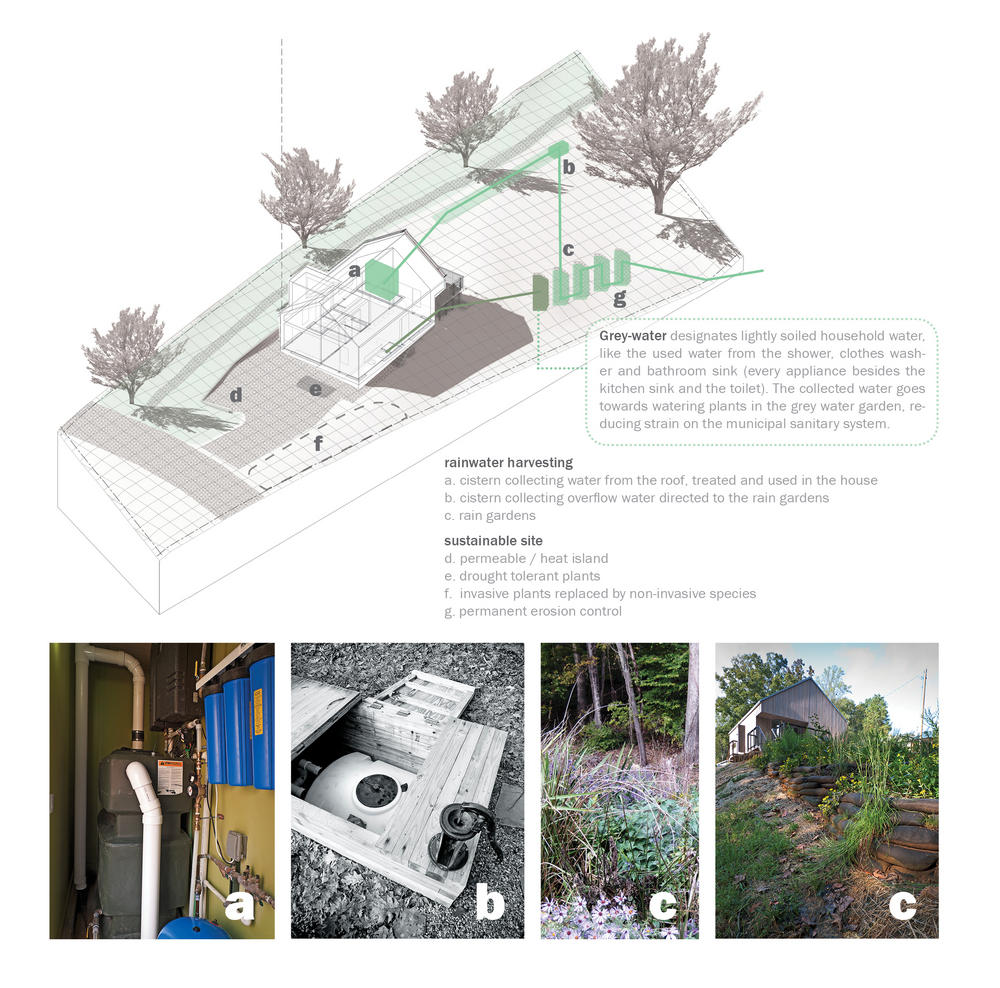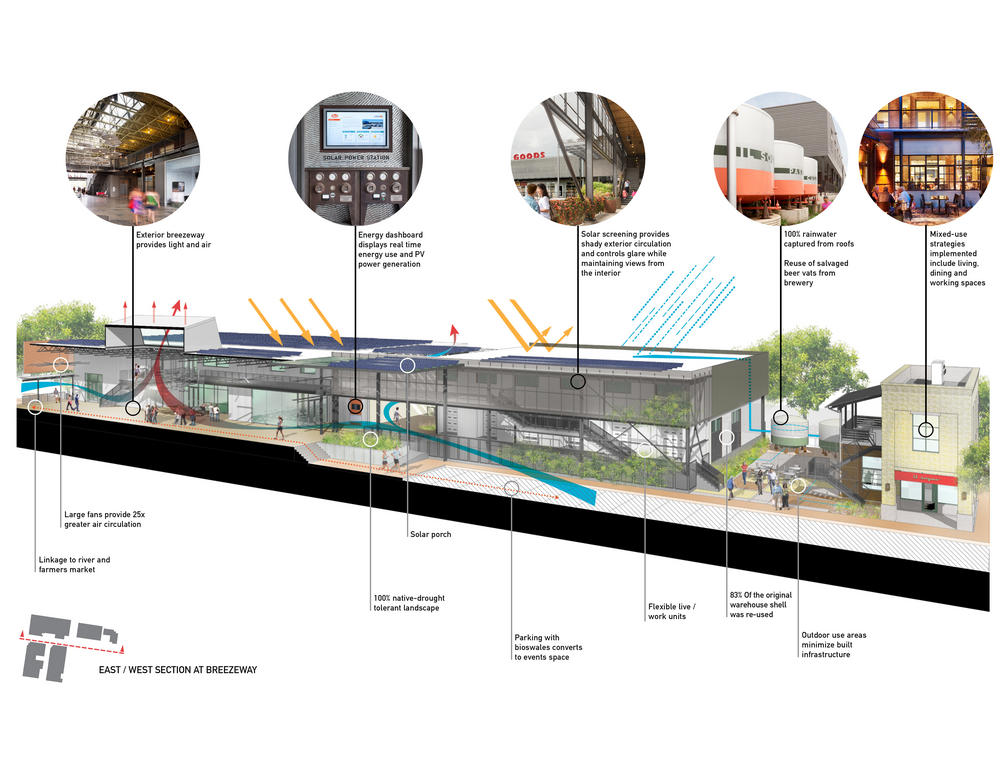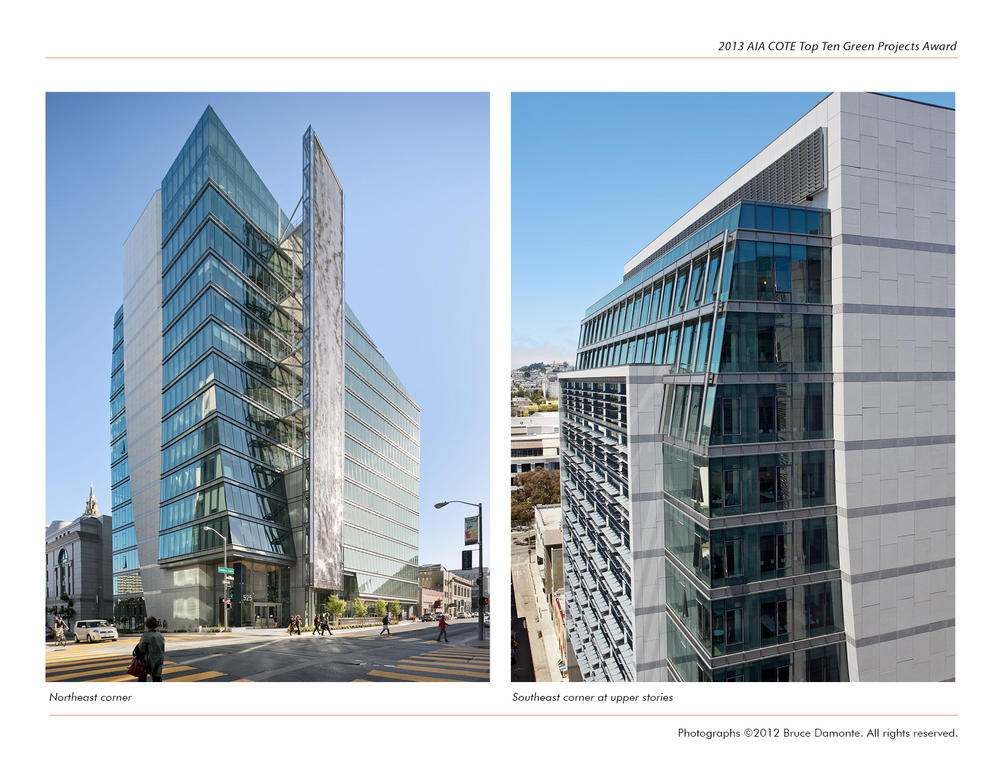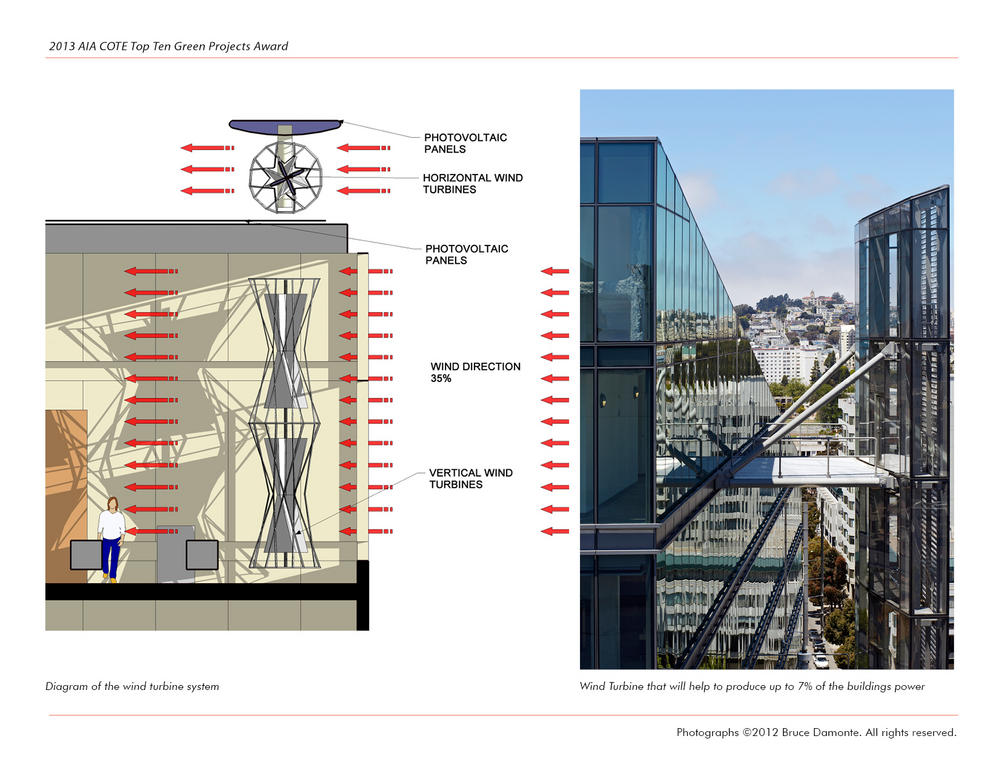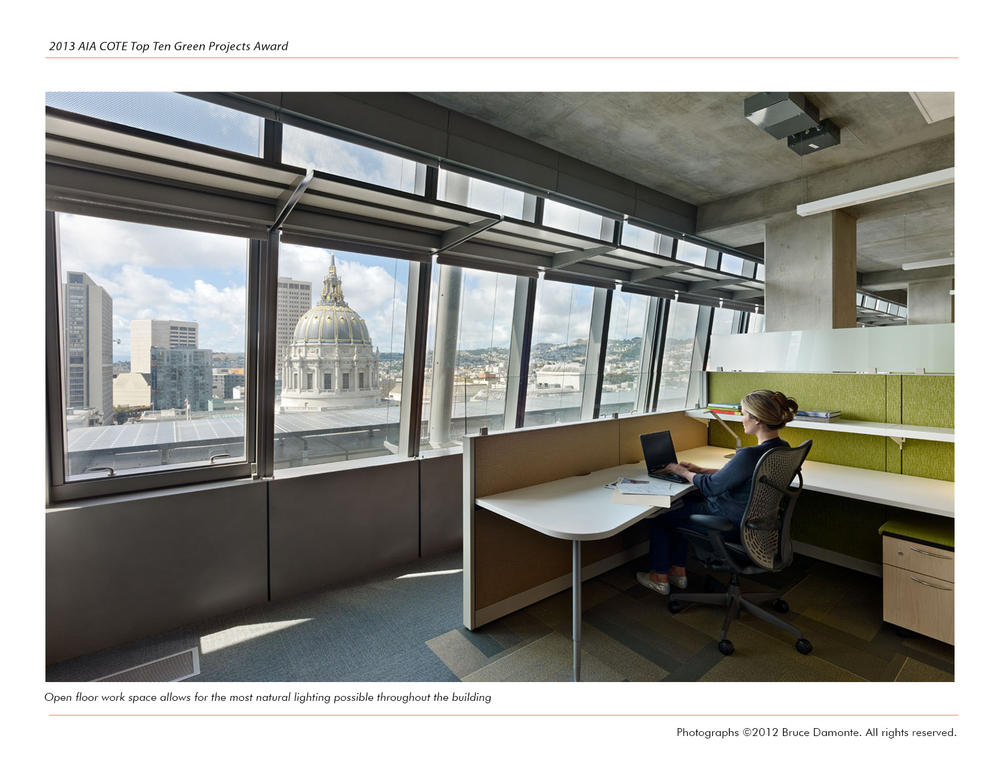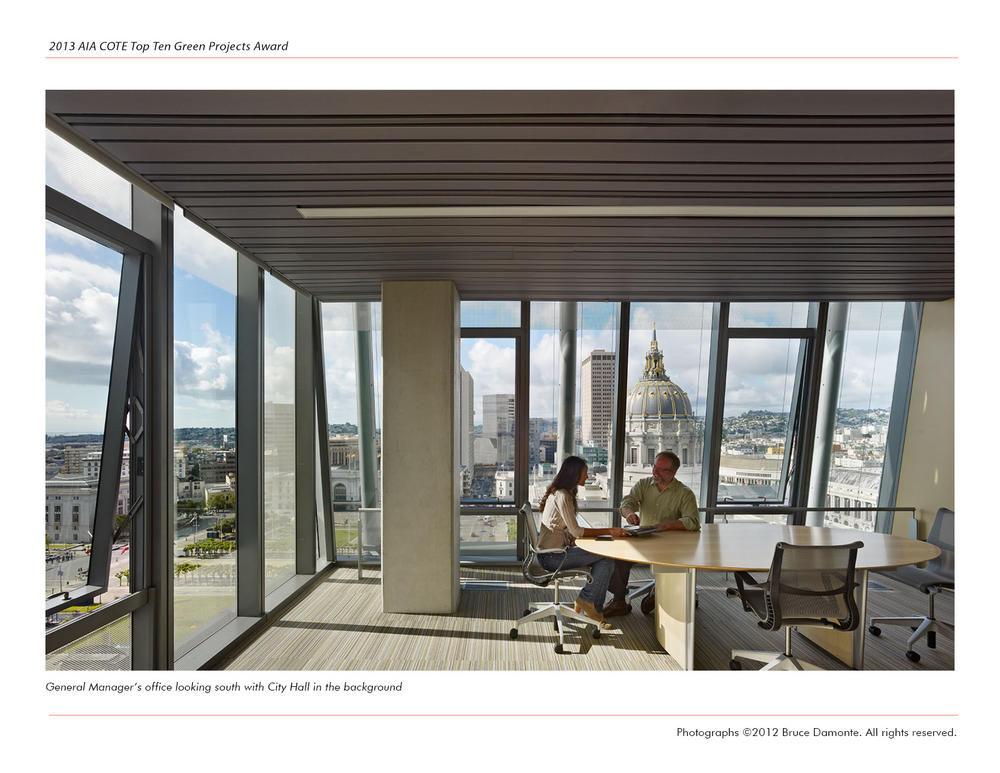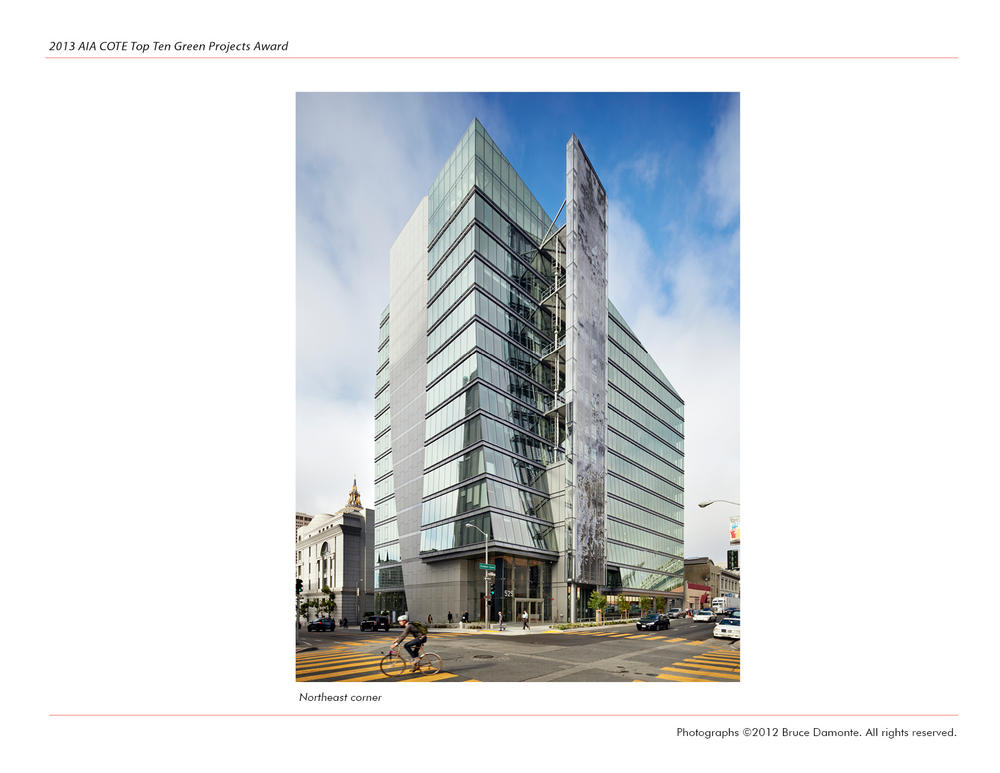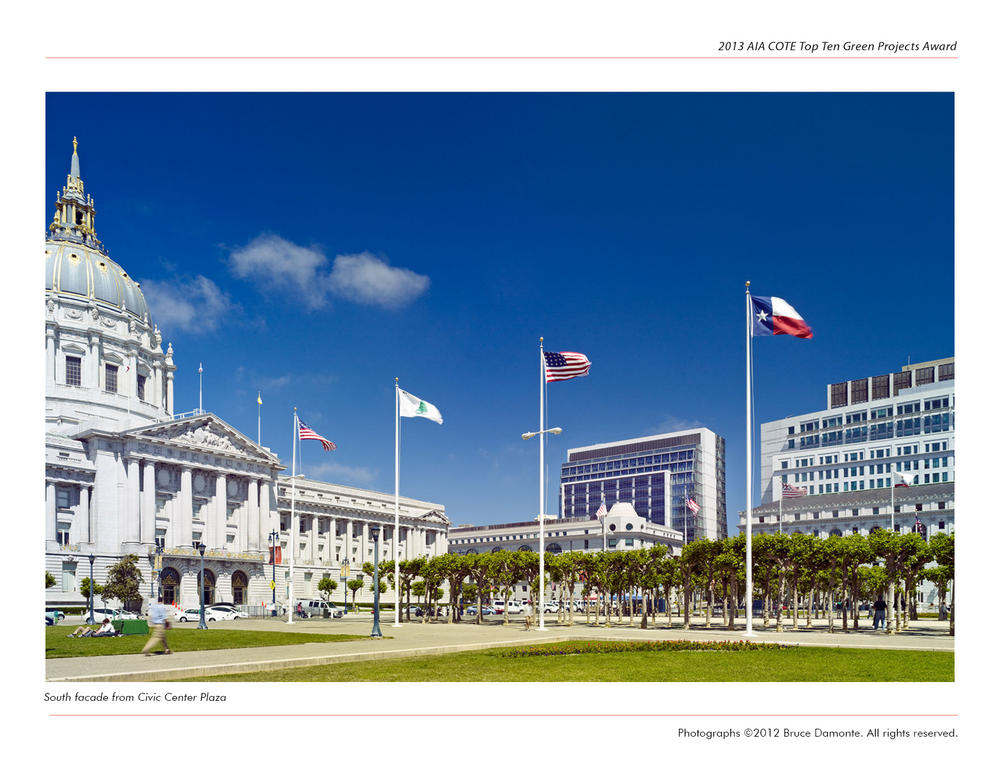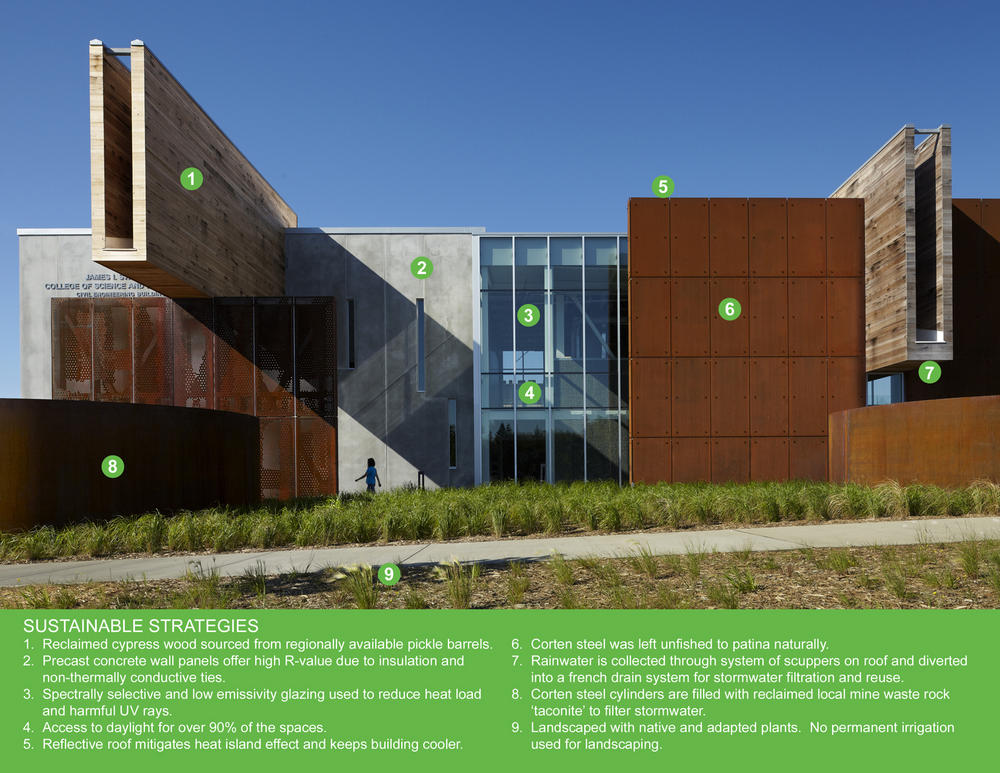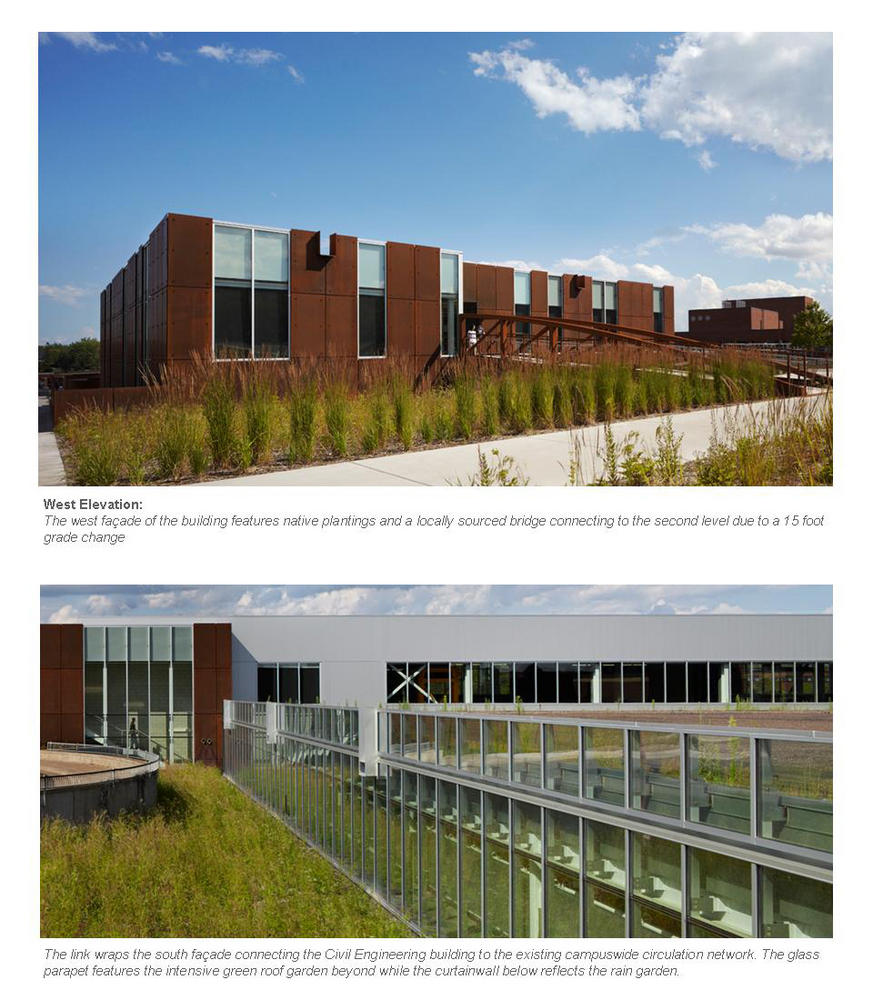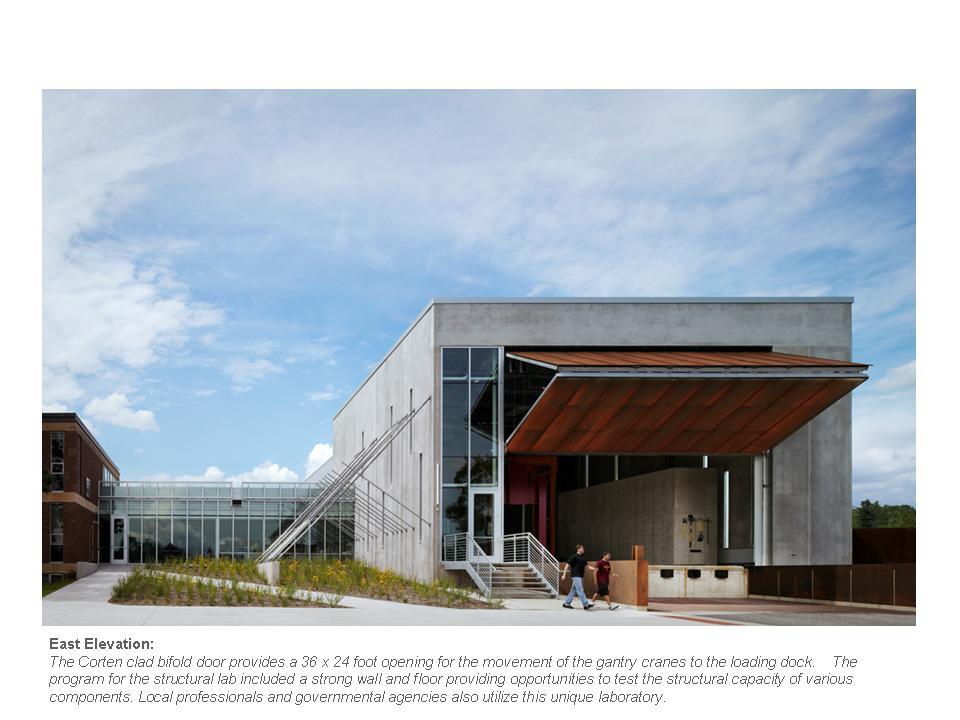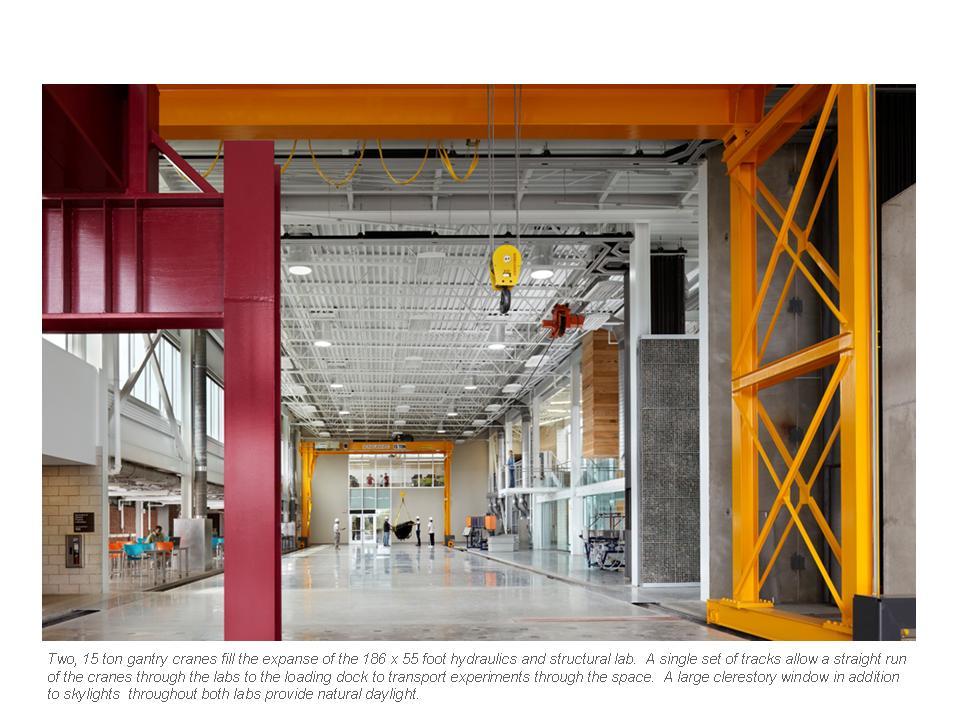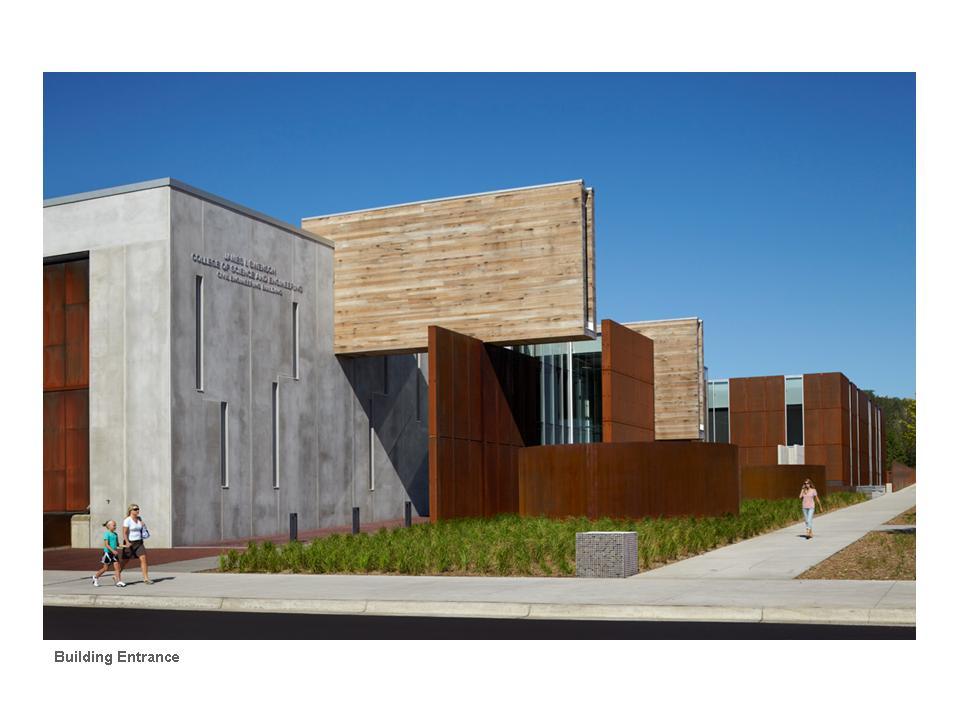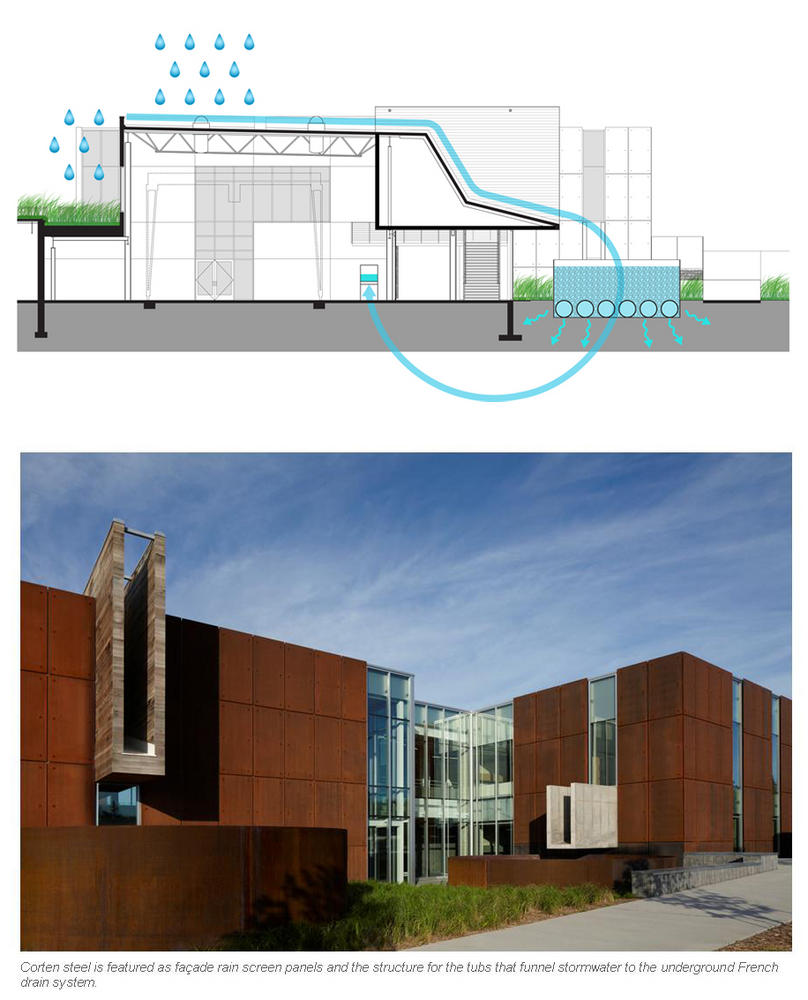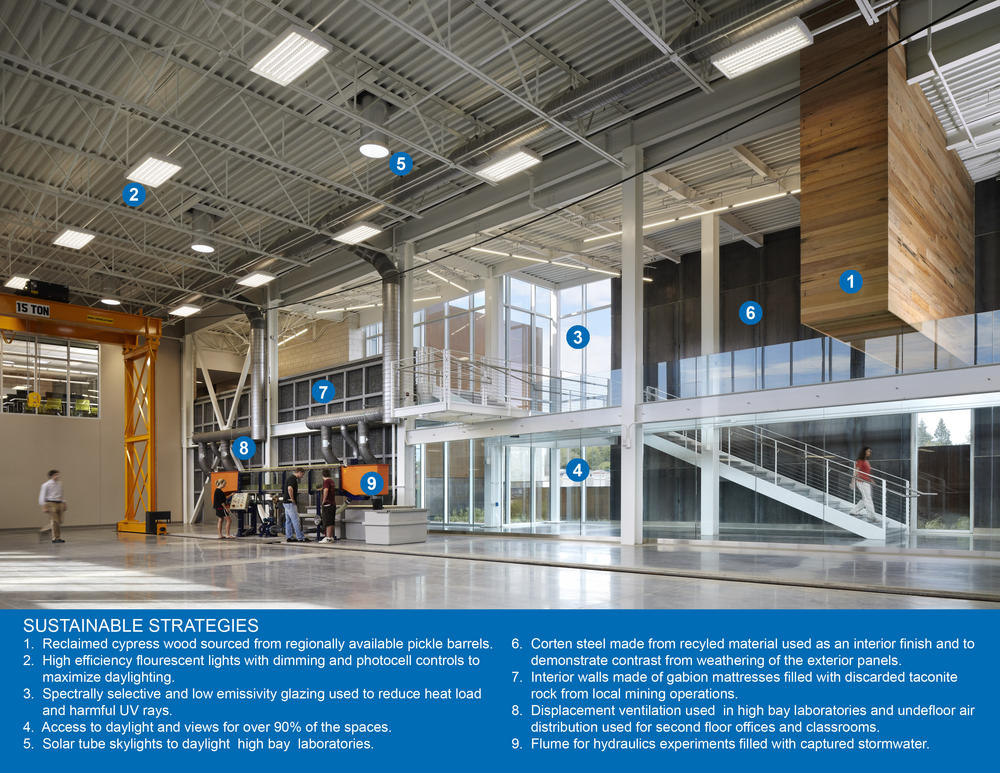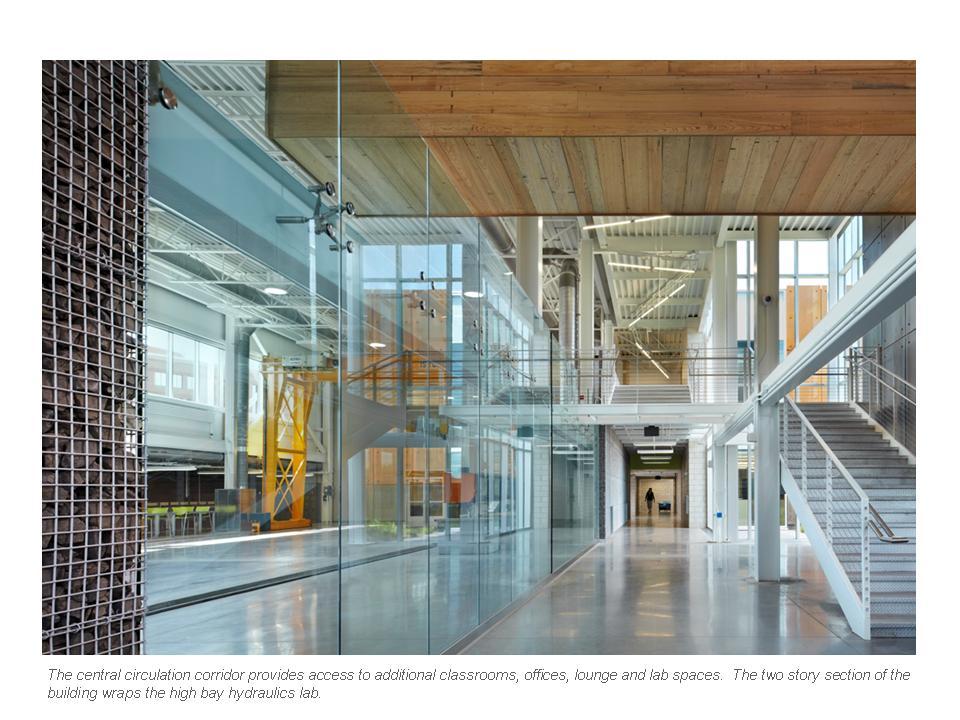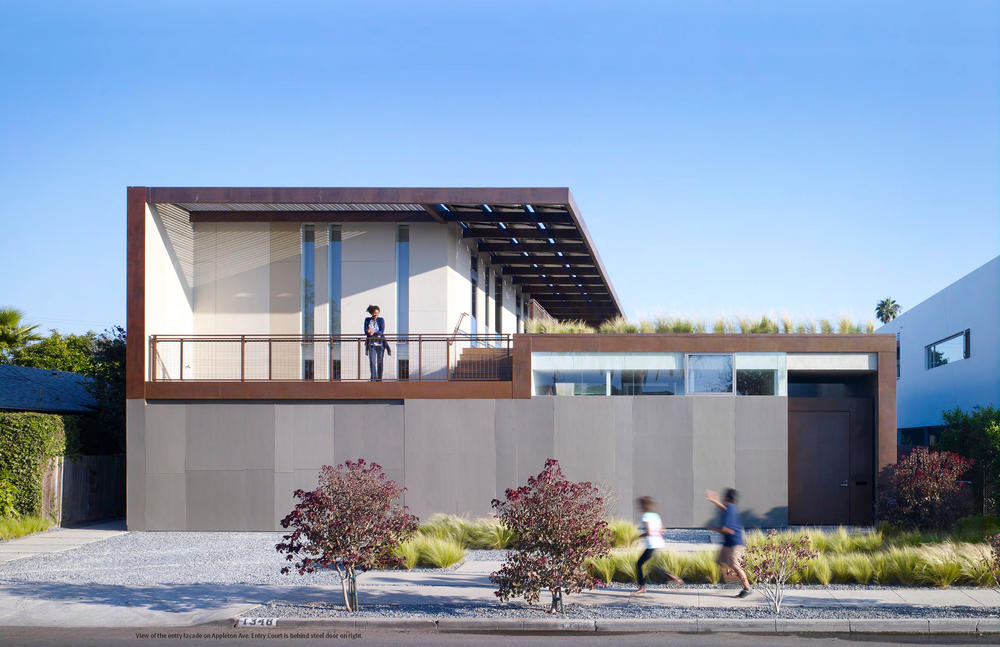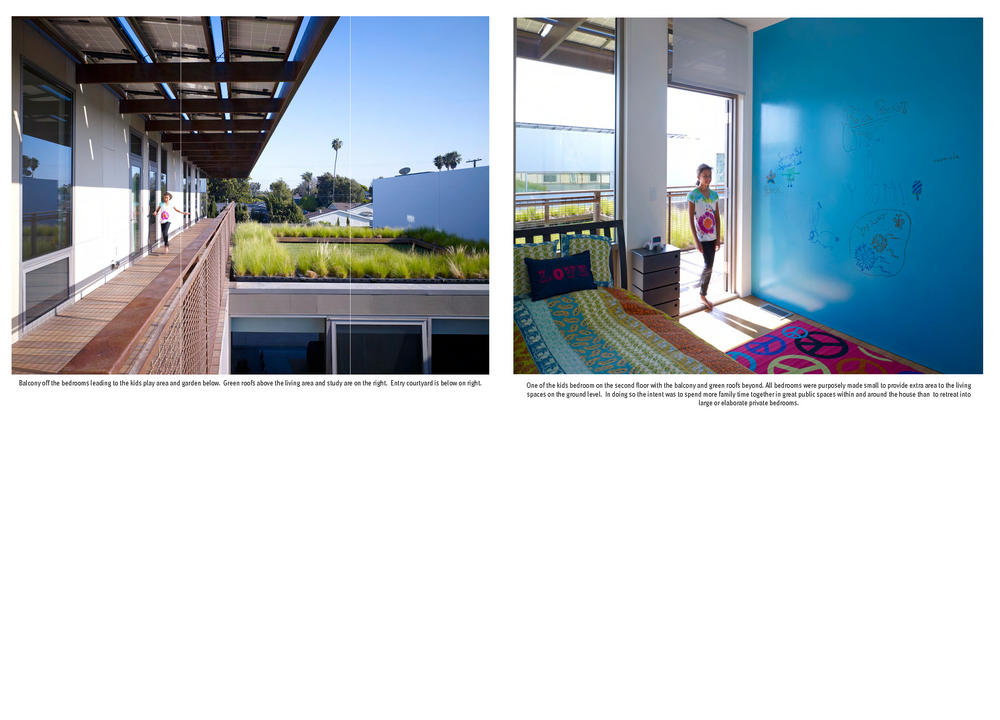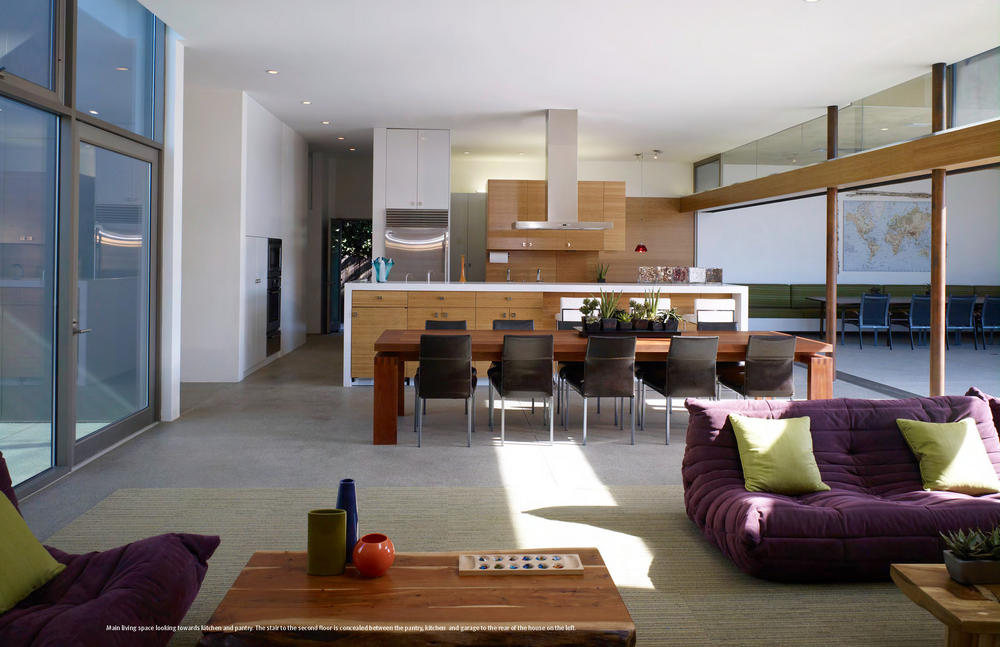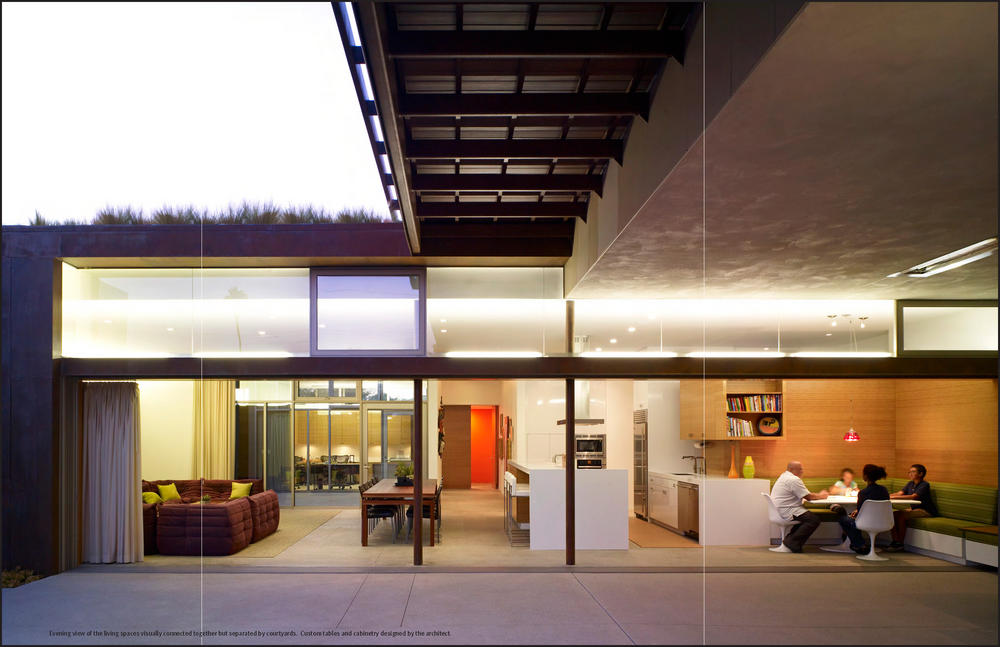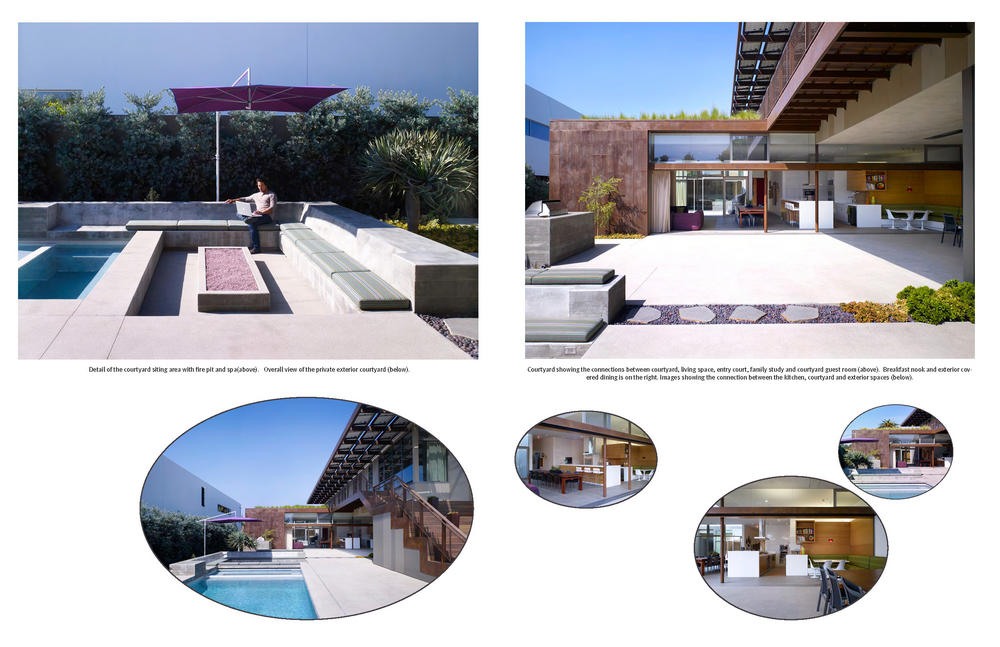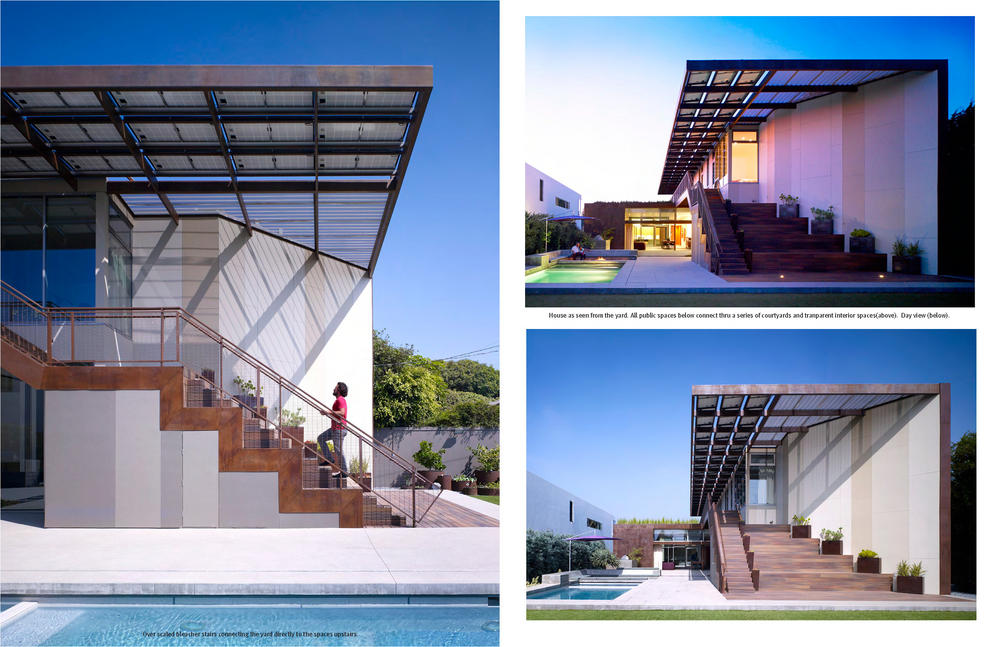The American Institute of Architects (AIA) and its Committee on the Environment (COTE) have selected the top ten examples of sustainable architecture and green design solutions that protect and enhance the environment. The projects will be honored at the AIA 2013 National Convention and Design Exposition in Denver.
The COTE Top Ten Green Projects program, now in its 17th year, is the profession's best known recognition program for sustainable design excellence. The program celebrates projects that are the result of a thoroughly integrated approach to architecture, natural systems and technology. They make a positive contribution to their communities, improve comfort for building occupants and reduce environmental impacts through strategies such as reuse of existing structures, connection to transit systems, low-impact and regenerative site development, energy and water conservation, use of sustainable or renewable construction materials, and design that improves indoor air quality.
The 2013 COTE Top Ten Green Projects jury includes: Fiona Cousins, PE, Arup; Lance Hosey, AIA, RTKL; Keelan Kaiser, AIA, Judson University; Sheila Kennedy, AIA, Kennedy & Violich Architecture Ltd.; Rod Kruse, FAIA, BNIM Architects and Gail Vittori, Center for Maximum Potential Building Systems.
1. Charles David Keeling Apartments; La Jolla, California
KieranTimberlake
Photo: Tim Griffith
The design response was to tune the design to capitalize on the favorable environmental features, while moderating or eliminating the undesirable ones. This led to a building envelope that uses thermal mass to buffer temperature changes, minimizes solar gain, and naturally ventilates. Water scarcity is managed through a comprehensive strategy of conservation and reuse, including on-site wastewater recycling. A vegetated roof, an unusual feature in this dry climate, absorbs and evaporates rain that falls on that portion of the building, with overflow directed to the courtyard retention basins. Read more about the Charles David Keeling Apartments (via AIA)
Photo: Tim Griffith
Photo: Tim Griffith
Photo: Tim Griffith
Photo: Tim Griffith
Photo: Tim Griffith
2. Clock Shadow Building; Milwaukee
Continuum Architects + Planners
Photo: Daniel Andera Photography
This project cleans up a brown-field site that was difficult to develop. The continental climate provides large swings in temperature and humidity which necessitated passive strategies such as: southern facing windows with sun screens that maximize insolation of the sun during cooler months and operable windows that let cool fresh air into the building, allowing the users to effectively “turn off” the heating and cooling systems during swing months. To gain the most efficiency from the HVAC systems, the project utilizes a geo-thermal system, drilled directly below the building, which stabilizes the temperature of the conditioned water used to heat and cool the spaces. Read more about the Clock Shadow Building (via AIA)
Photo: Daniel Andera Photography
Photo: Daniel Andera Photography
Photo: Daniel Andera Photography
Illustration: Continuum Architects + Planners
Photo: Daniel Andera Photography
Photo: Daniel Andera Photography
3. Federal Center South Building 1202; Seattle
ZGF Architects LLP
Photo: Benjamin Benschneider
Current energy models predict the building to operate at a “net zero capable” Energy Use Intensity (EUI) of 20.3 kBtu/SF/year, performing 40 percent better than ASHRAE 2007. The building will earn an ENERGY STAR Score of 100 and comply with 2030 Challenge goals. The project is one of the first in the region to use structural piles for geothermal heating and cooling, as well as a phase change thermal storage tank. Two new products, chilled sails and open office lighting, were developed and manufactured specifically for this project to help achieve aggressive energy targets. To optimize the use of the available reclaimed timbers, the team designed, tested, and constructed the first wood composite beam system in the U.S. Read more about the Federal Center South Building 1202 (via AIA)
Photo: Benjamin Benschneider
Photo: Benjamin Benschneider
Photo: Benjamin Benschneider
Photo: Benjamin Benschneider
Photo: Benjamin Benschneider
Photo: Benjamin Benschneider
Illustration: ZGF Architects LLP
[pagebreak]
4. Marin Country Day School Learning Resource Center and Courtyard; Corte Madera, California
EHDD
Photo: Josh Partee
Around 95 percent of spaces are daylit and naturally ventilated. Night time operation of the cooling tower and an underground water tank provide active thermal storage, for daytime cooling. The design of the building envelope includes air tightness detailing and the use of fire treated wood stud framing to minimize thermal bridging. To provide an excellent thermal envelope, walls were constructed with 2x8 and 2x10 wood studs (rather than conventional steel studs) to minimize thermal bridging and provide ample insulation. This building is designed to achieve an EUI of 6.74 kbtu/sf/yr including the energy generated by the PV array, and to use less than half as much energy as California’s strict energy code. Read more about the Marin Country Day School Learning Resource Center (via AIA)
Photo: Michael David Rose
Photo: Josh Partee
Photos: EHDD
Photo: Cesar Rubio
Photo: Cesar Rubio
Illustration: EHDD
5. Merritt Crossing Senior Apts.; Oakland, California
Leddy Maytum Stacy Architects
Photo: Tim Griffith
The roof area has a cool roof surface and is devoted to both a solar water panels and photovoltaic panels. Ground floor spaces benefit from the full height storefront system that similarly provides ample daylight and transparency to the outdoors. These windows are also thermally broken and have high performance glass. The windows are shaded in summer by either exterior sunshades or an overhang from the second floor. With no mechanical air conditioning, cooling is achieved by a low volume ventilation system augmented by ceiling fans in each habitable room. The site has a 94 walkability rating, an 82 transit rating and an 86 bike friendly rating from walkscore.com. Read more about the Merritt Crossing Senior Apartments (via AIA)
Photos: Tim Griffith
Photos: Tim Griffith
Photo: Tim Griffith
6. A New Norris House; Norris, Tennessee
College of Architecture & Design, UT Knoxville
Photo: Ken McCown
At 1,008 square foot, this production house is less than half the size of the median house. “Rightsizing” reduced material and operational loads and costs, and shifted funds to quality design and construction, passive strategies and high-efficiency systems. The dormer and skylight are placed so daylight is reflected and diffused. No-VOC paint color is warm white with a punch of red-orange hidden within the swing space to produce a warm glow from reflected light. Low-E glass and translucent blinds provide further control over heat, glare and privacy. All interior rooms are daylit throughout the day. Electric lighting is integrated with cabinetry and includes low-energy LEDs. Read more about the New Norris House (via AIA)
Photos: Ken McCown
Photos: Ken McCown
Photo: Ken McCown
Photos: Ken McCown
Illustration and photos: Design team
Illustration: Design team
[pagebreak]
7. Pearl Brewery/Full Goods Warehouse; San Antonio
Lake Flato Architects
All Photos: Courtesy Lake Flato Architects
This 67,000 square foot LEED Gold warehouse includes passive solutions including open breezeways, which were carefully oriented to prevailing summer breezes and supplemented with large ceiling fans. Large light monitors oriented to the north provide natural daylight to the breezeways, while the south wall of the cupola is open to allow hot air to escape as it rises. 100% of the rainwater captured from roofs coupled with recycled water, is used to irrigate the landscaping on site, eliminating the need for potable irrigation water. Highly efficient ductless minisplit systems were installed to condition indoor spaces. These systems can serve multiple zones using only one outdoor unit, and allows individual control of the air conditioning in each room. Read more about the Pearl Brewery/Full Goods Warehouse (via AIA)
8. San Francisco Public Utilities Commission Headquarters (SFPUC); San Francisco
Joint Venture: KMD Architects w/ Stevens & Associates
Photo: ©2012 Bruce Damonte
The building is designed to achieve LEED Platinum certification and will exceed California’s recently-instituted Title 24 requirements for energy efficiency in new office buildings by 55% according to SFPUC estimates. The building will produce up to 7% of its own power needs from renewable photovoltaic and wind sources; will provide $118 million in energy cost savings over 75 years; and will require 45% less energy to illuminate the interior through daylight-harvesting and advanced lighting design, compared to typical Class A office buildings. The SFPUC consumes 60% less water than similarly sized buildings and is one of the first buildings in the nation with on-site treatment of gray and black water. Read more about the San Francisco Public Utilities Commission Headquarters (via AIA)
Photo: ©2012 Bruce Damonte
Photo: ©2012 Bruce Damonte
Photo: ©2012 Bruce Damonte
Photo: ©2012 Bruce Damonte
Photo: ©2012 Bruce Damonte
9. Swenson Civil Engineering Building; Duluth, Minnesota
Design Architect: Ross Barney Architects
Architect of Record: SJA Architects
Photo: Kate Joyce Studios
As an educational facility whose curriculum directly impacts the natural environment, the building overtly exposes sustainable systems and materials. 73% of the site is devoted to pervious materials and landscaping, reducing site detention requirements. An extensive green roof with native plants covers 22% of the roof, reducing storm water rates and filtering impurities. Storm water is directed from the roof to three scuppers and into above ground cylinders filled with rocks for filtering. Storm water eventually makes its way to a French drain system of underground water storage pipes for retention. The site lighting is minimal, and all fixtures are equipped with full cut-off optics. Read more about the Swenson Civil Engineering Building (via AIA)
Photo: Kate Joyce Studios
Photo: Kate Joyce Studios
Photo: Kate Joyce Studios
Photo: Kate Joyce Studios
Photo: Kate Joyce Studios
Photo: Kate Joyce Studios
Photo: Kate Joyce Studios
10. Yin Yang House; Venice, California
Brooks + Scarpa
Photo: John Edward Linden
This sound passive design strategy combined with a very tight perimeter building envelope and other active sustainable features such as the 12kw solar system make this home a zero energy consumption home. It produces 100% of its energy needs and since completion, has never received an electric bill. The design maximizes the opportunities of the mild, marine climate with a passive cooling strategy using cross-ventilation and a thermal chimney. A large cantilevered roof overhang shades all the bedrooms from direct sunlight while providing ample natural light and ventilation. The project also has green roofs, its own storm water retention system and retains 95% of roof storm water on site. Read more about the Yin Yang House (via AIA)
Photos: John Edward Linden
Photo: John Edward Linden
Photo: John Edward Linden
Photos: John Edward Linden
Photos: John Edward Linden
More on the 2013 AIA COTE Top Ten Green Projects winners.
About The American Institute of Architects
Founded in 1857, members of the American Institute of Architects consistently work to create more valuable, healthy, secure, and sustainable buildings, neighborhoods, and communities. Through nearly 300 state and local chapters, the AIA advocates for public policies that promote economic vitality and public well being. Members adhere to a code of ethics and conduct to ensure the highest professional standards. The AIA provides members with tools and resources to assist them in their careers and business as well as engaging civic and government leaders, and the public to find solutions to pressing issues facing our communities, institutions, nation and world. Visit www.aia.org.
Related Stories
Performing Arts Centers | Feb 27, 2024
Frank Gehry-designed expansion of the Colburn School performing arts center set to break ground
In April, the Colburn School, an institute for music and dance education and performance, will break ground on a 100,000-sf expansion designed by architect Frank Gehry. Located in downtown Los Angeles, the performing arts center will join the neighboring Walt Disney Concert Hall and The Grand by Gehry, forming the largest concentration of Gehry-designed buildings in the world.
Construction Costs | Feb 27, 2024
Experts see construction material prices stabilizing in 2024
Gordian’s Q1 2024 Quarterly Construction Cost Insights Report brings good news: Although there are some materials whose prices have continued to show volatility, costs at a macro level are returning to a level of stability, suggesting predictable historical price escalation factors.
High-rise Construction | Feb 23, 2024
Designing a new frontier in Seattle’s urban core
Graphite Design Group shares the design for Frontier, a 540,000-sf tower in a five-block master plan for Seattle-based tech leader Amazon.
Construction Costs | Feb 22, 2024
K-12 school construction costs for 2024
Data from Gordian breaks down the average cost per square foot for four different types of K-12 school buildings (elementary schools, junior high schools, high schools, and vocational schools) across 10 U.S. cities.
MFPRO+ Special Reports | Feb 22, 2024
Crystal Lagoons: A deep dive into real estate's most extreme guest amenity
These year-round, manmade, crystal clear blue lagoons offer a groundbreaking technology with immense potential to redefine the concept of water amenities. However, navigating regulatory challenges and ensuring long-term sustainability are crucial to success with Crystal Lagoons.
Architects | Feb 21, 2024
Architecture Billings Index remains in 'declining billings' state in January 2024
Architecture firm billings remained soft entering into 2024, with an AIA/Deltek Architecture Billings Index (ABI) score of 46.2 in January. Any score below 50.0 indicates decreasing business conditions.
University Buildings | Feb 21, 2024
University design to help meet the demand for health professionals
Virginia Commonwealth University is a Page client, and the Dean of the College of Health Professions took time to talk about a pressing healthcare industry need that schools—and architects—can help address.
AEC Tech | Feb 20, 2024
AI for construction: What kind of tool can artificial intelligence become for AEC teams?
Avoiding the hype and gathering good data are half the battle toward making artificial intelligence tools useful for performing design, operational, and jobsite tasks.
Engineers | Feb 20, 2024
An engineering firm traces its DEI journey
Top-to-bottom buy-in has been a key factor in SSOE Group’s efforts to become more diverse, equitable, and inclusive in its hiring, mentoring, and benefits.
Building Tech | Feb 20, 2024
Construction method featuring LEGO-like bricks wins global innovation award
A new construction method featuring LEGO-like bricks made from a renewable composite material took first place for building innovations at the 2024 JEC Composites Innovation Awards in Paris, France.


